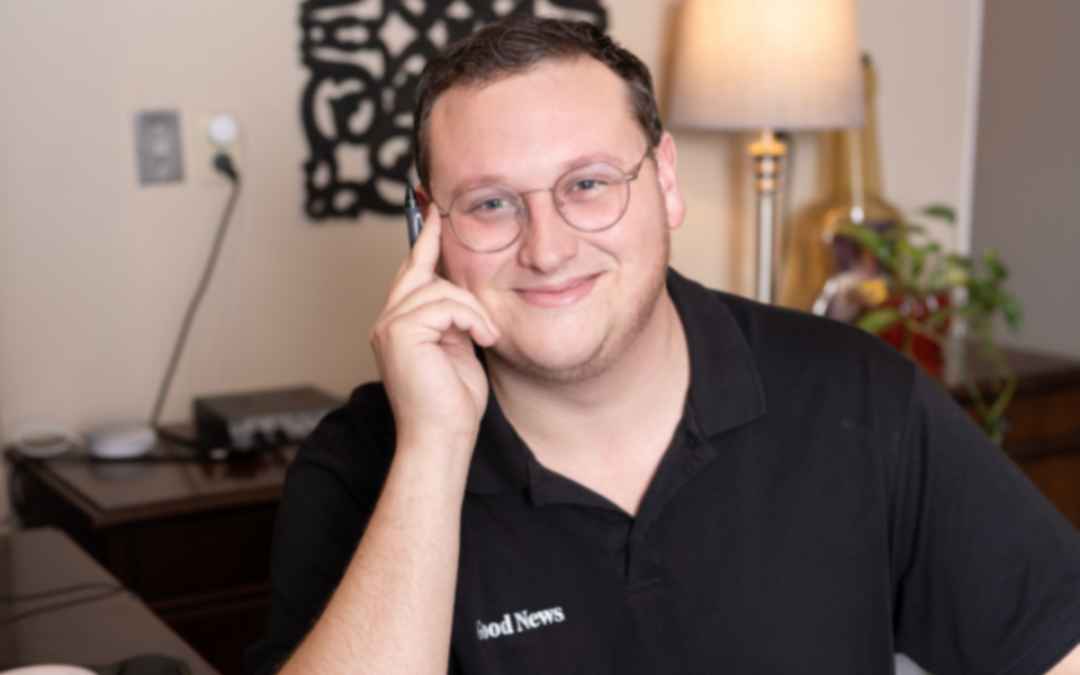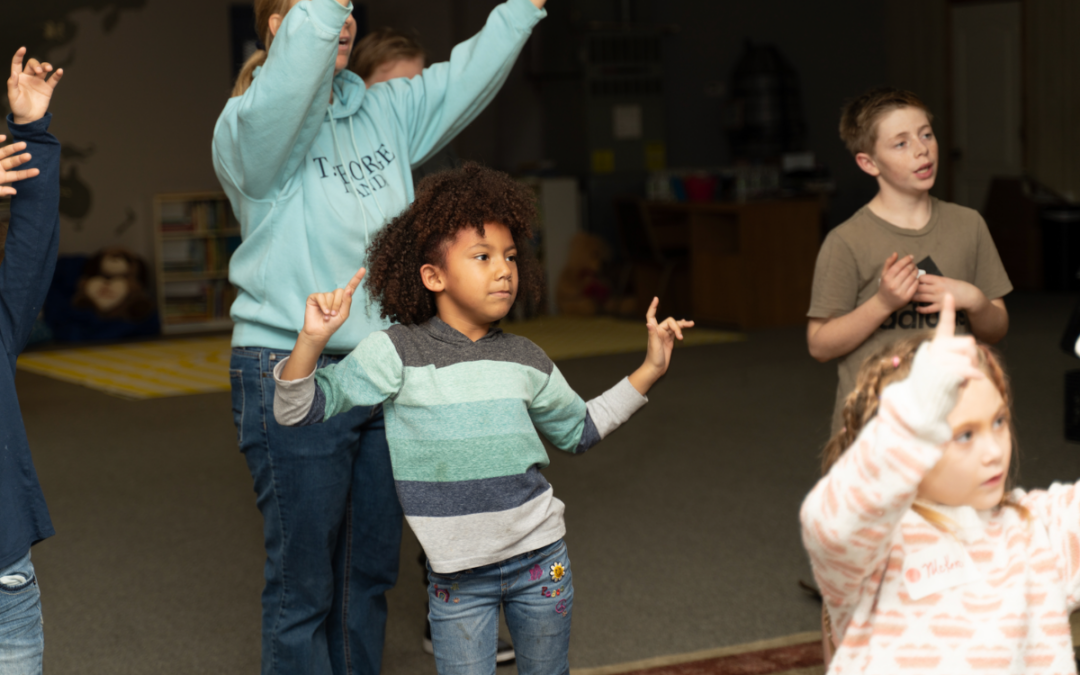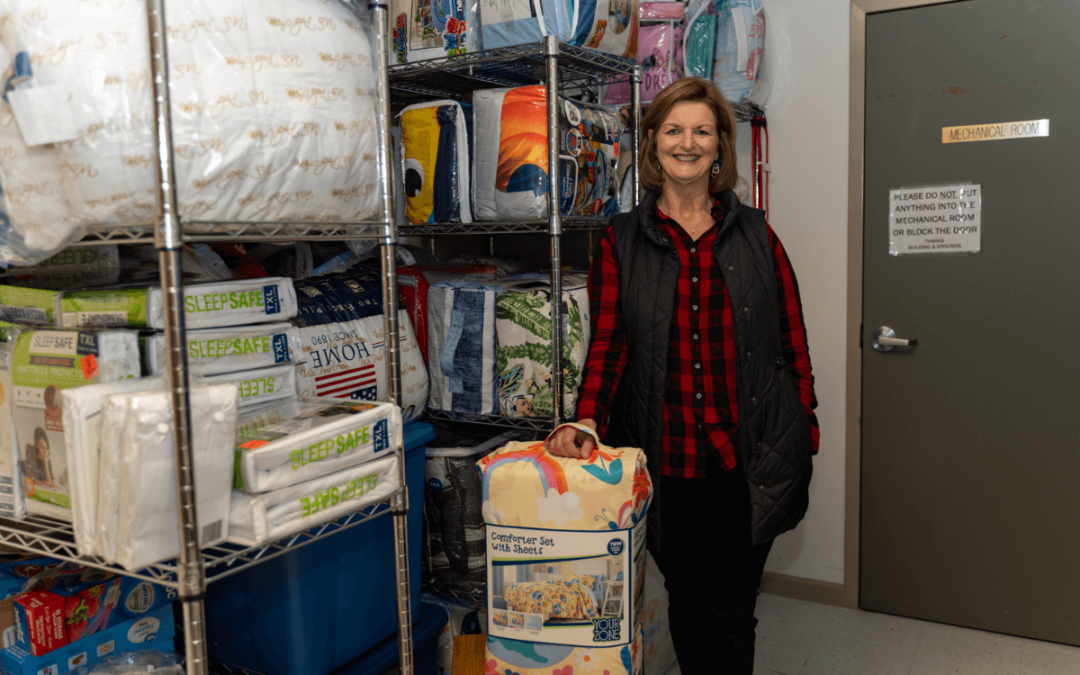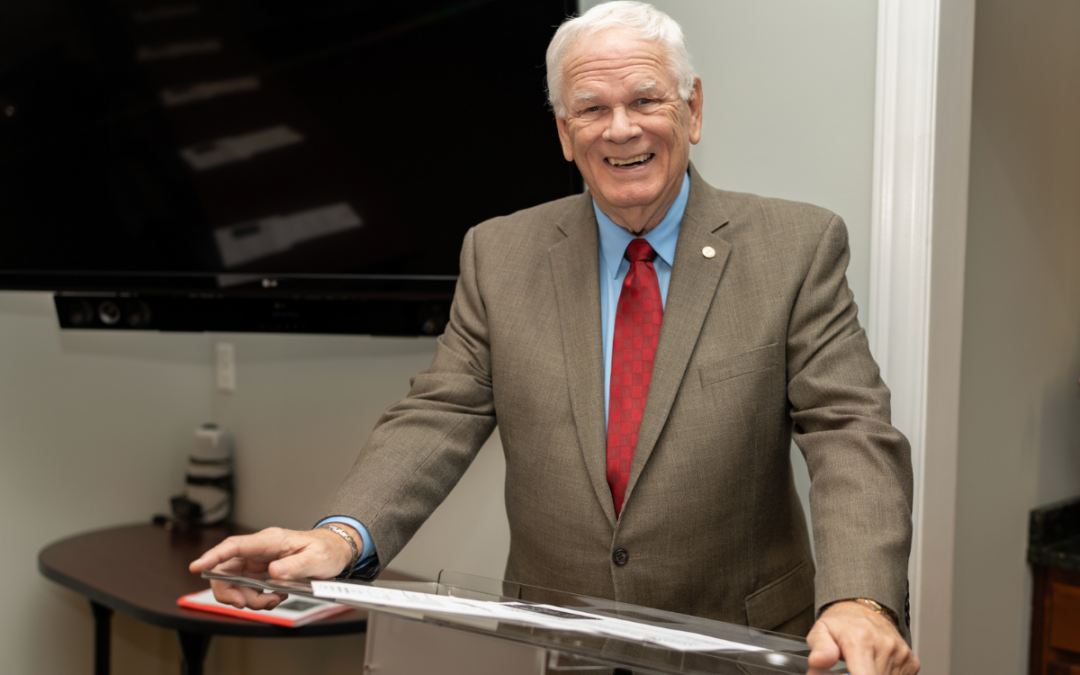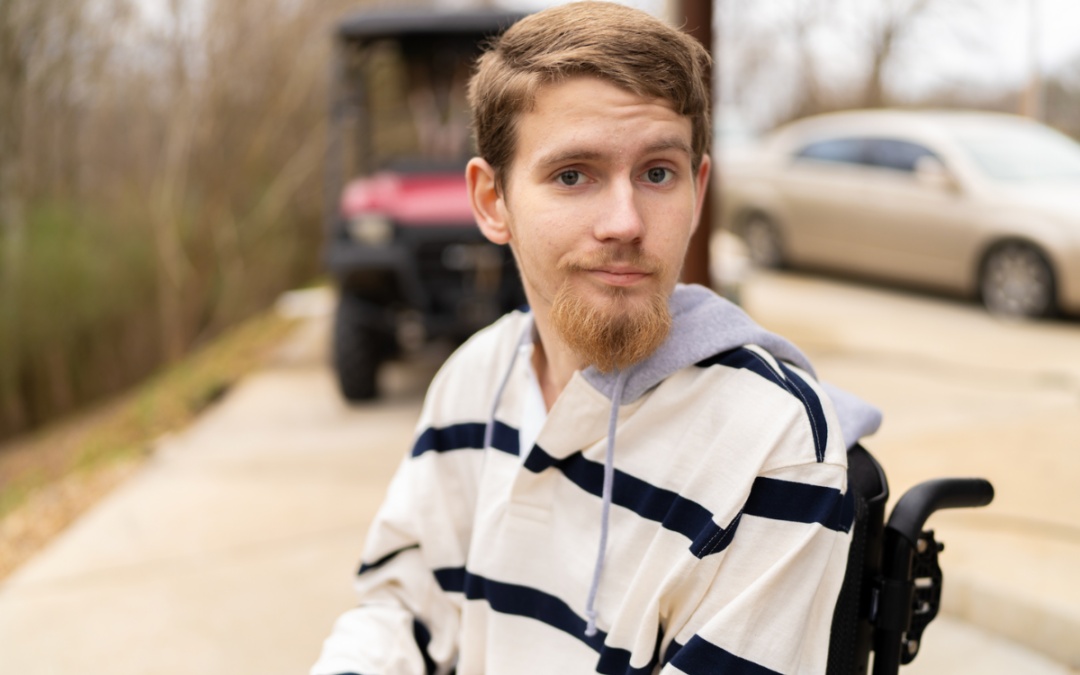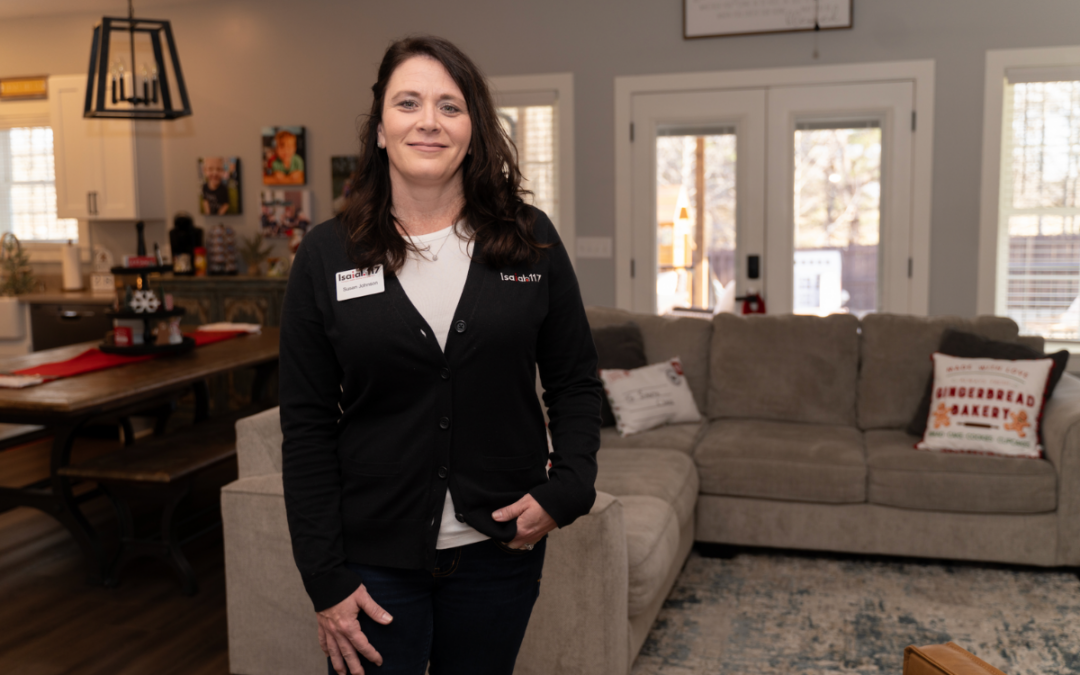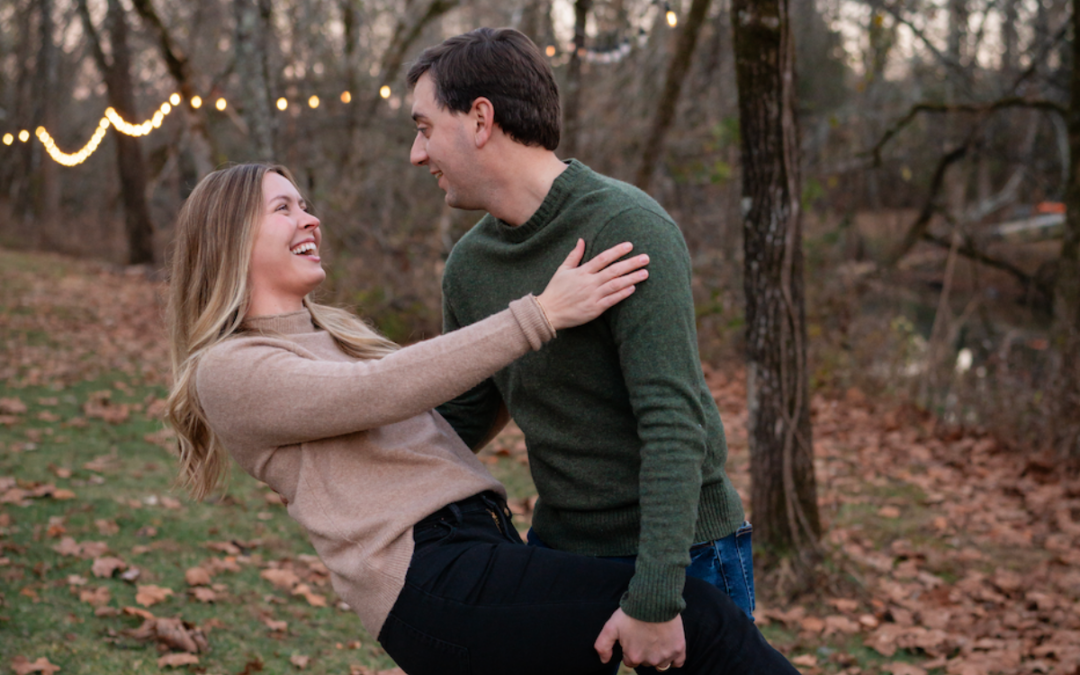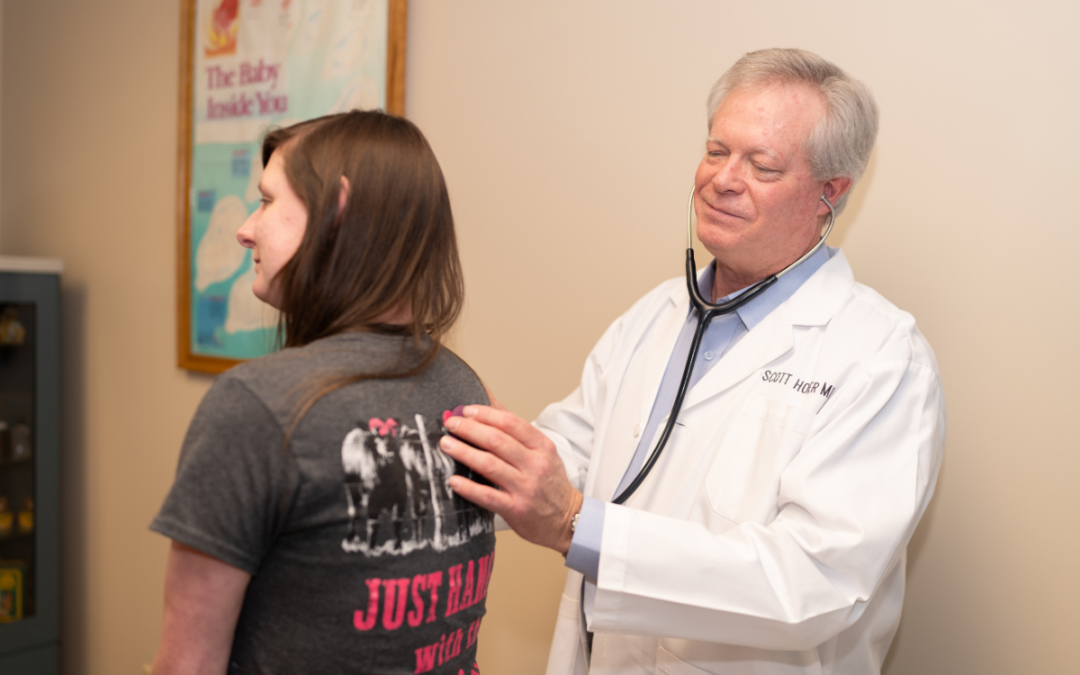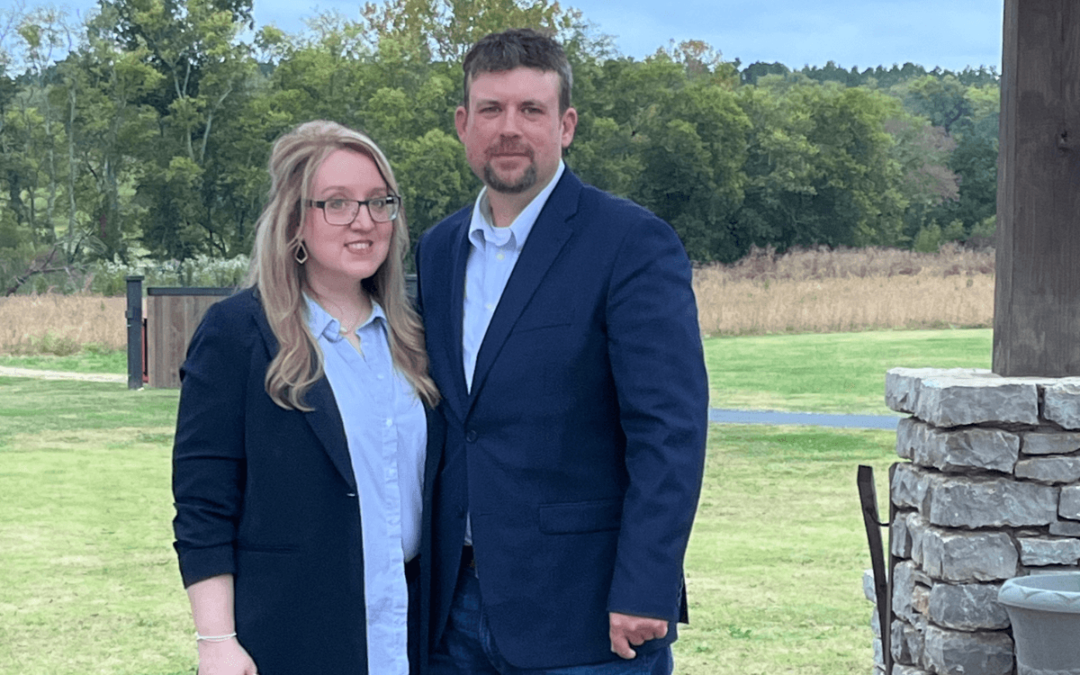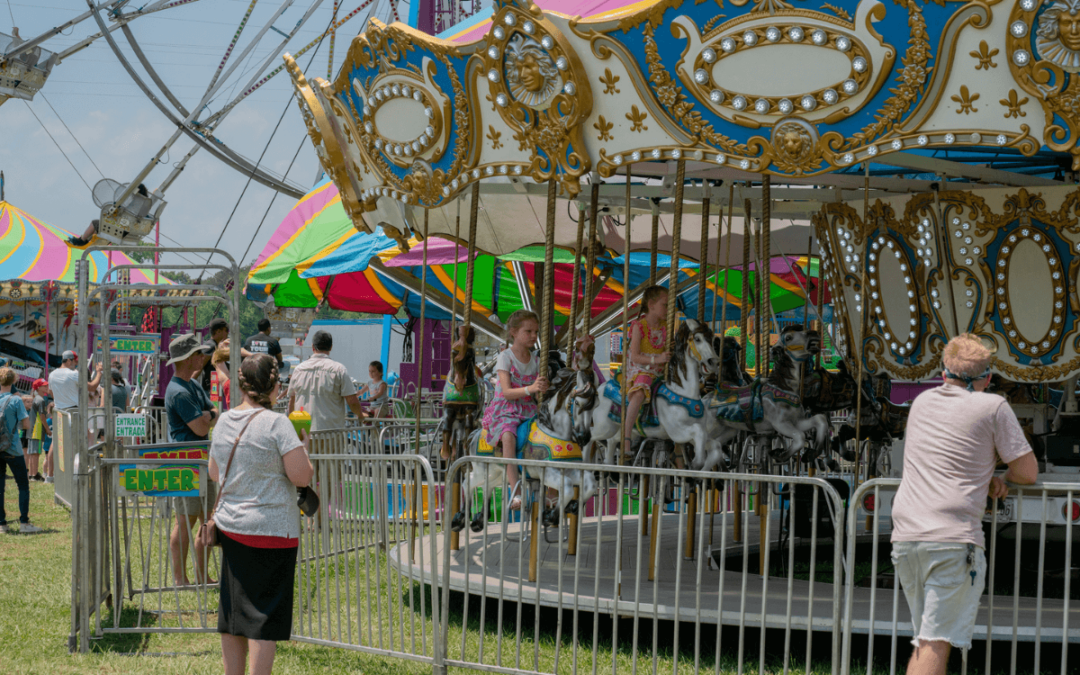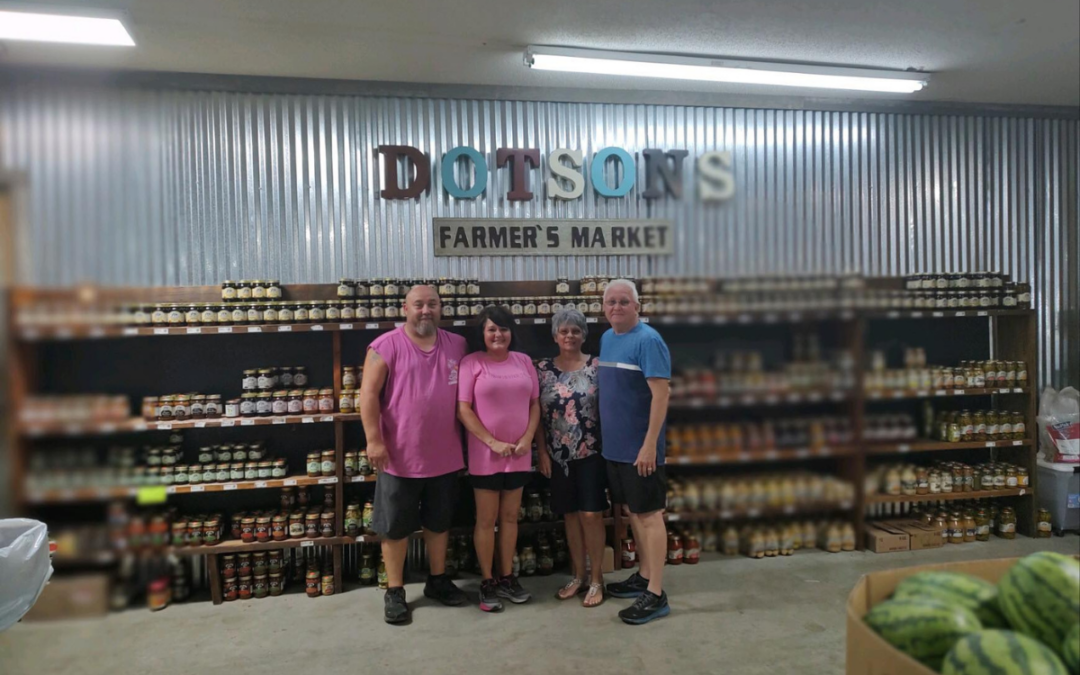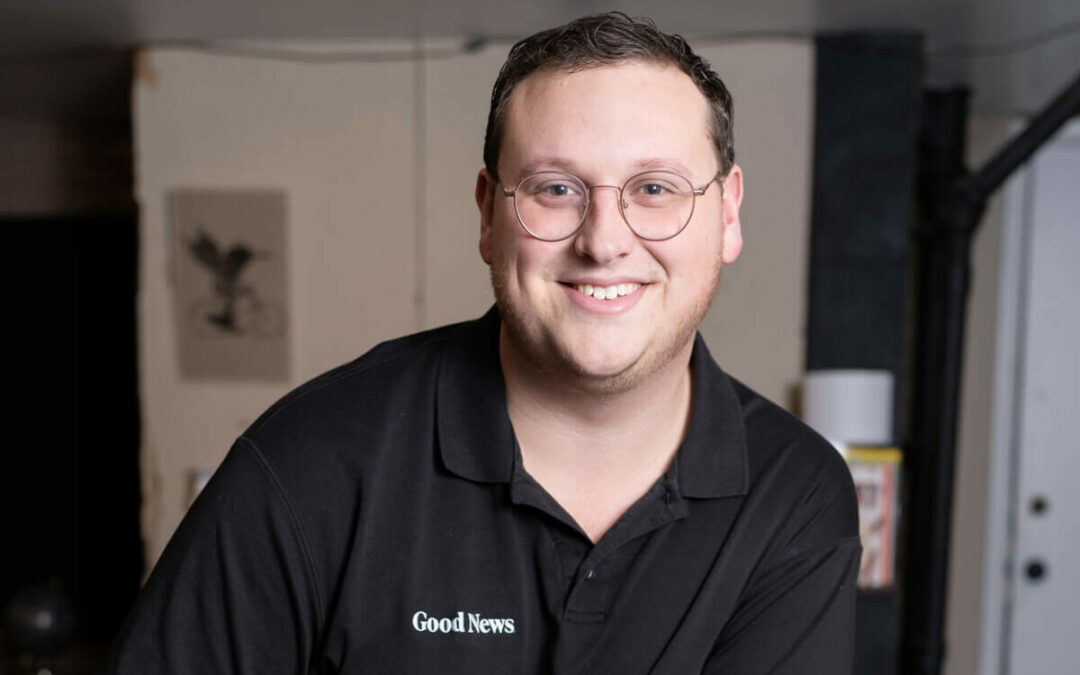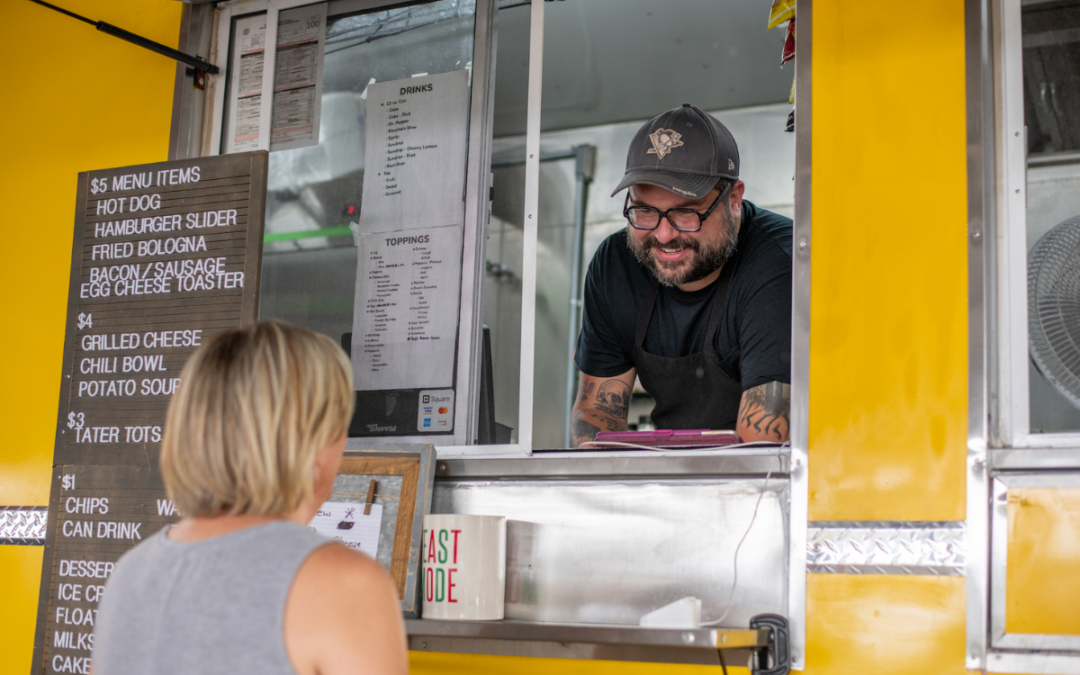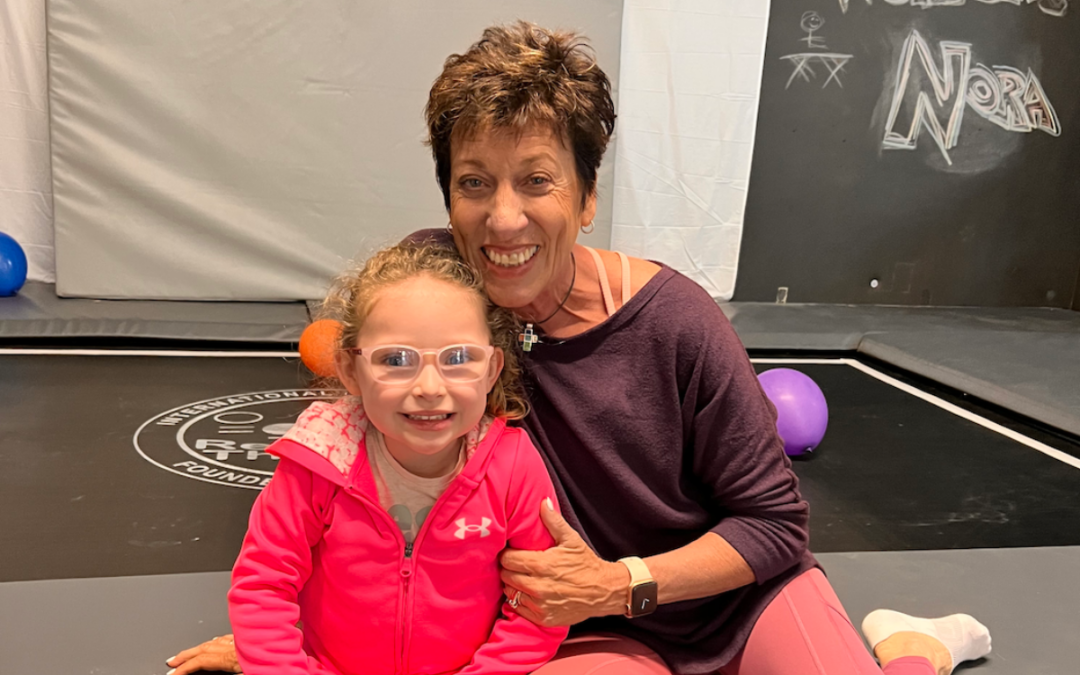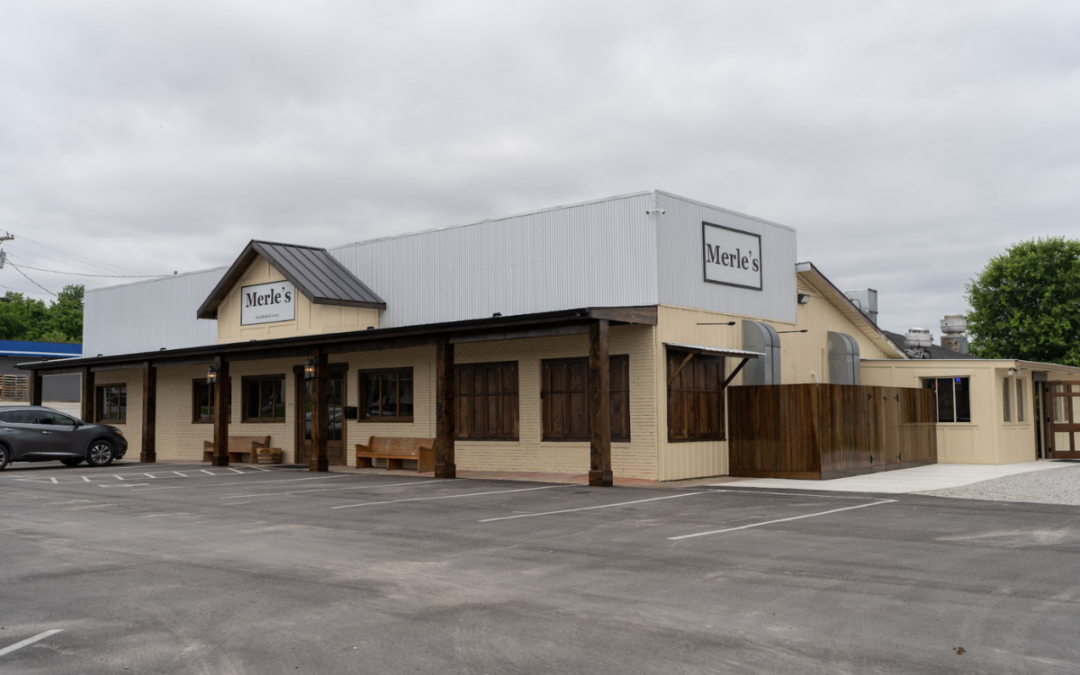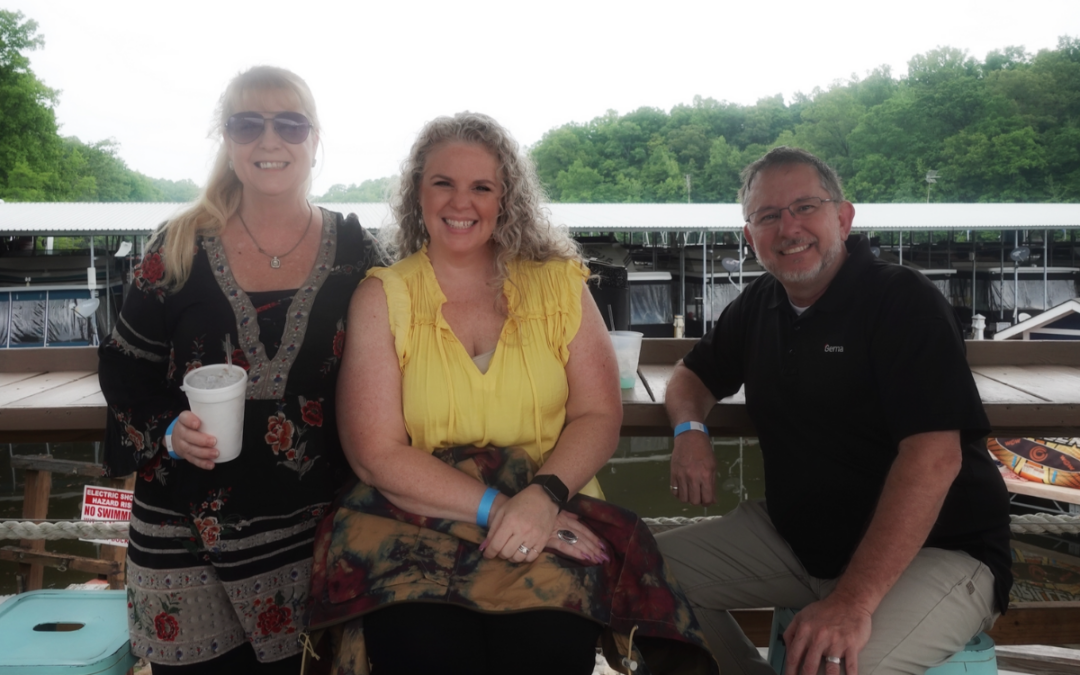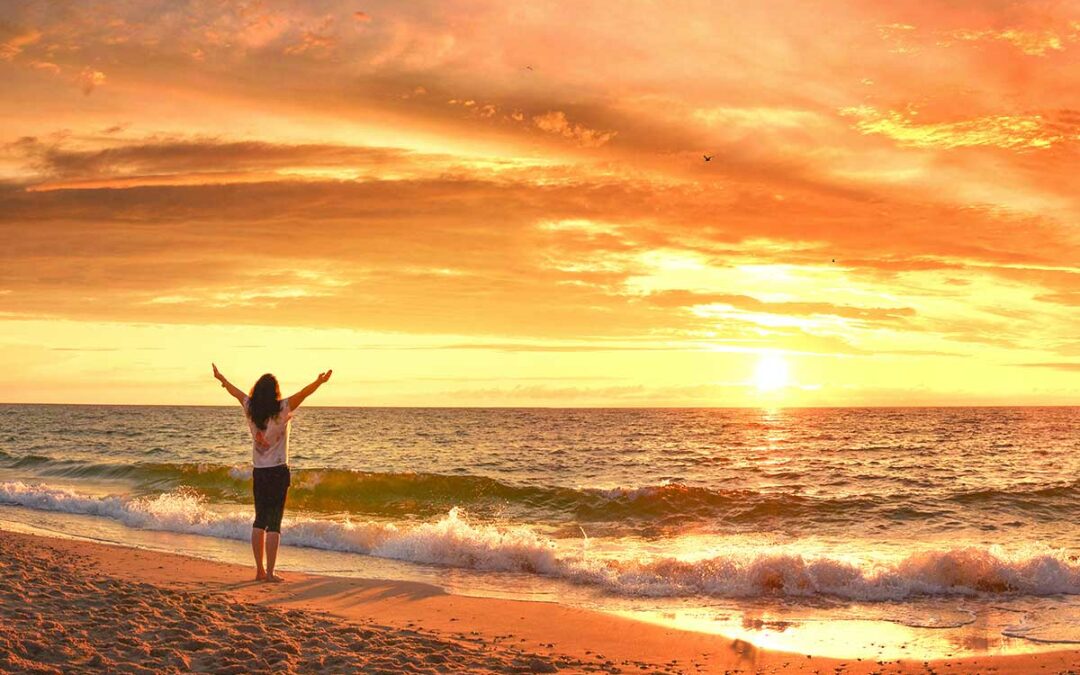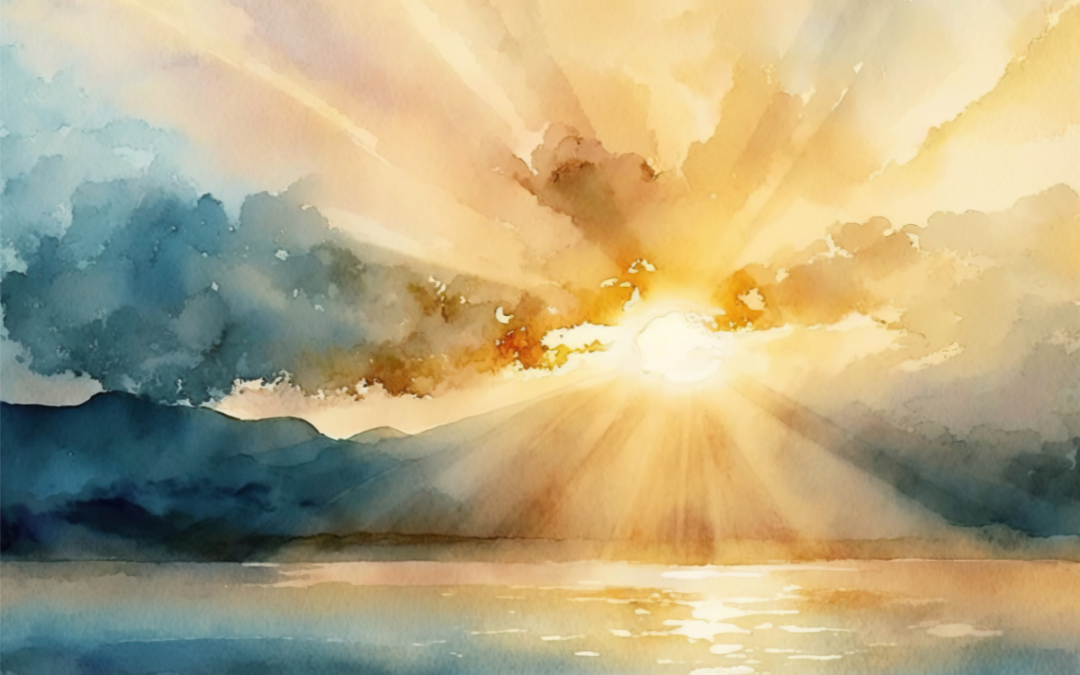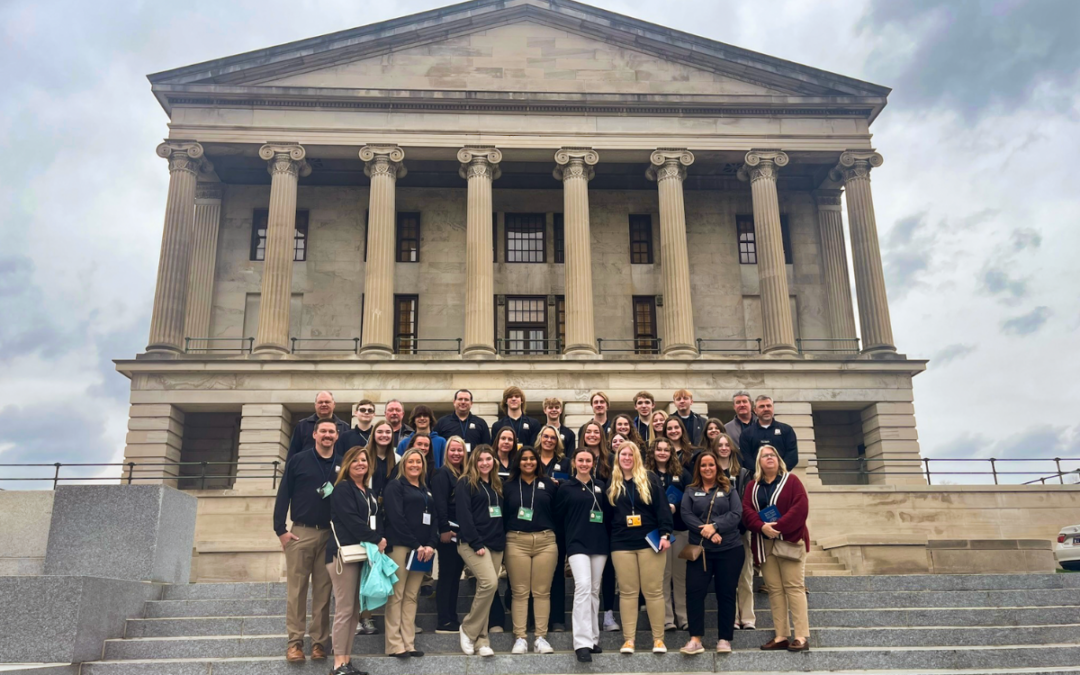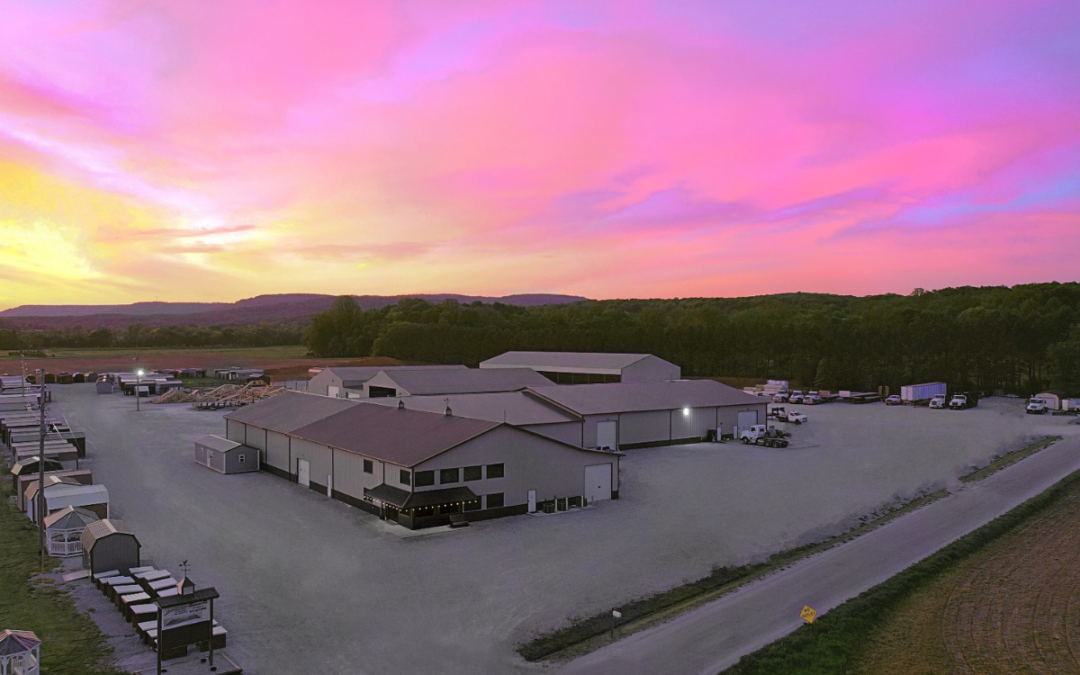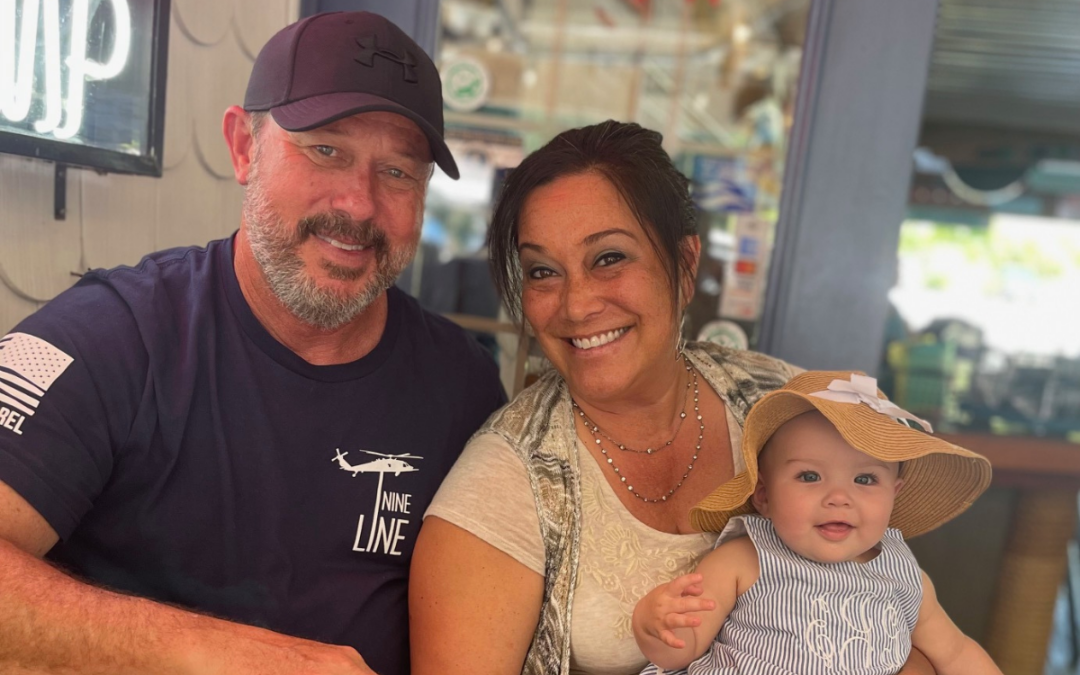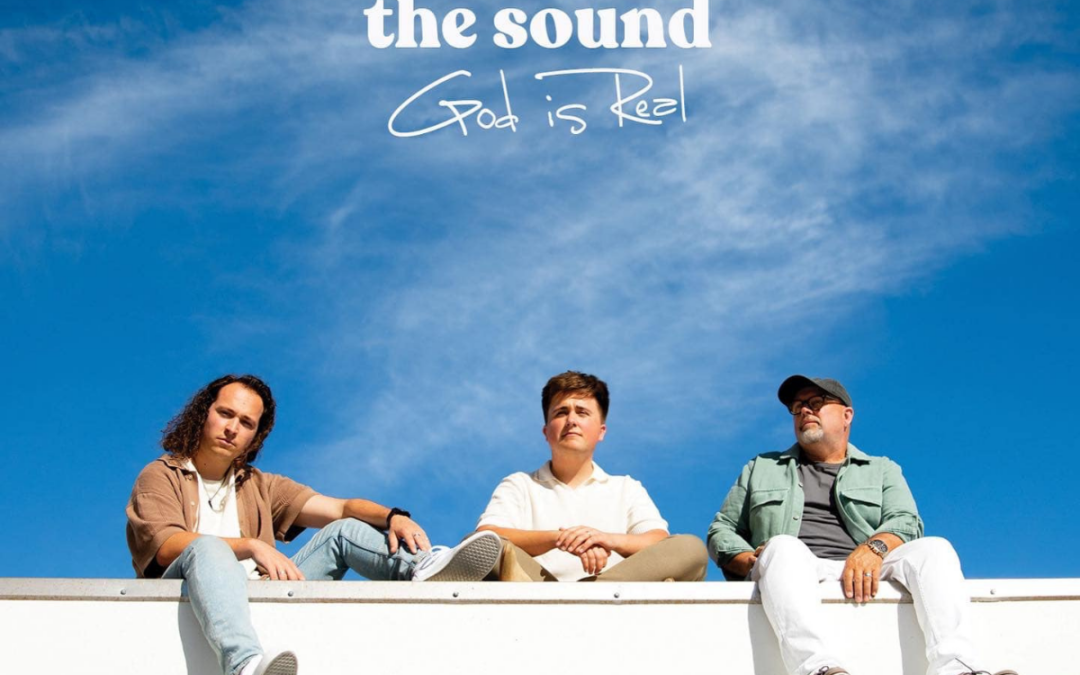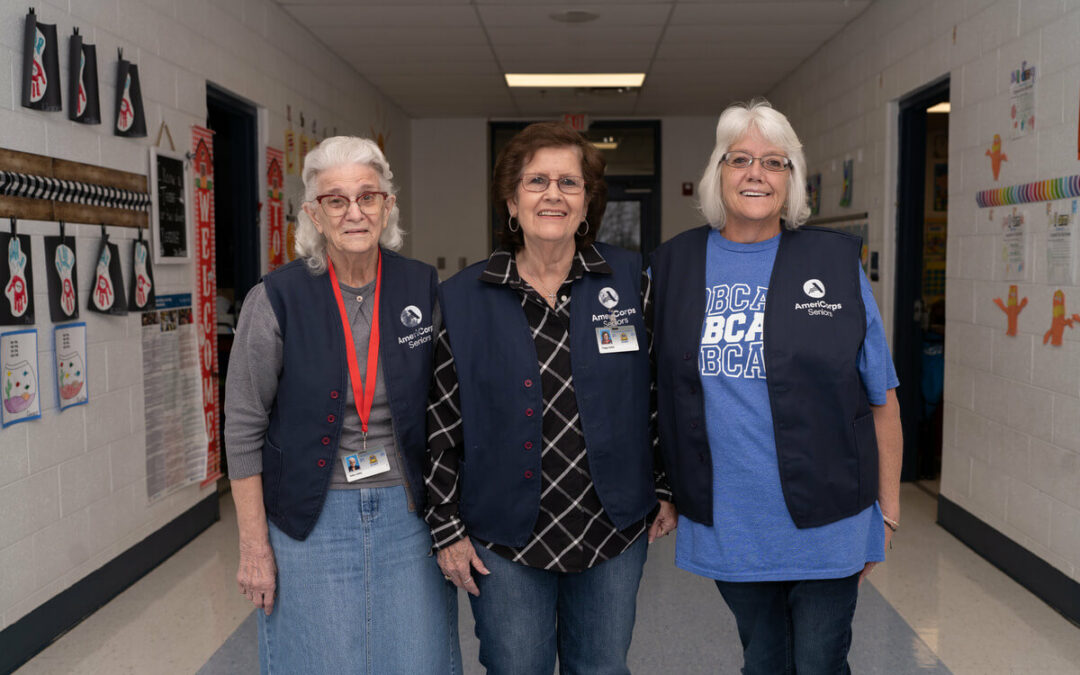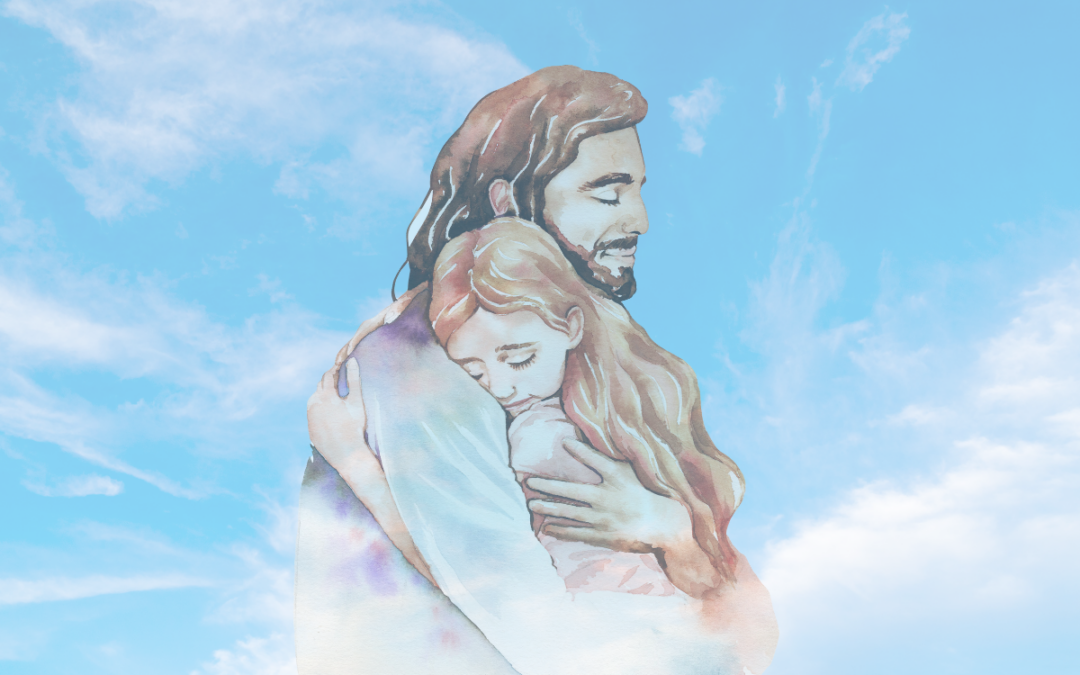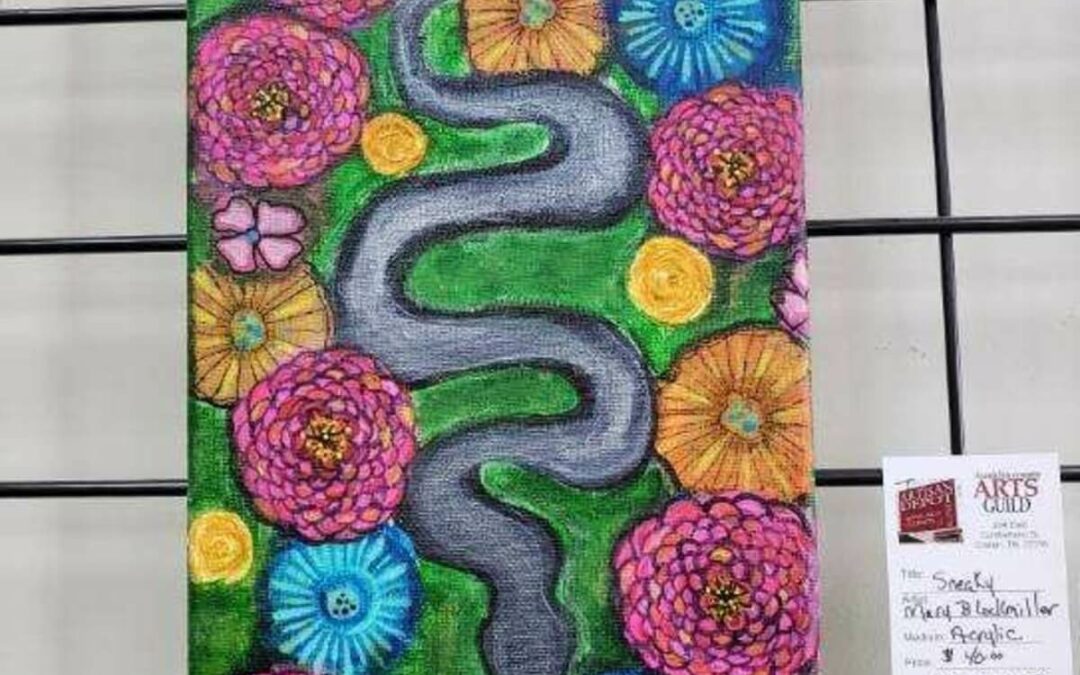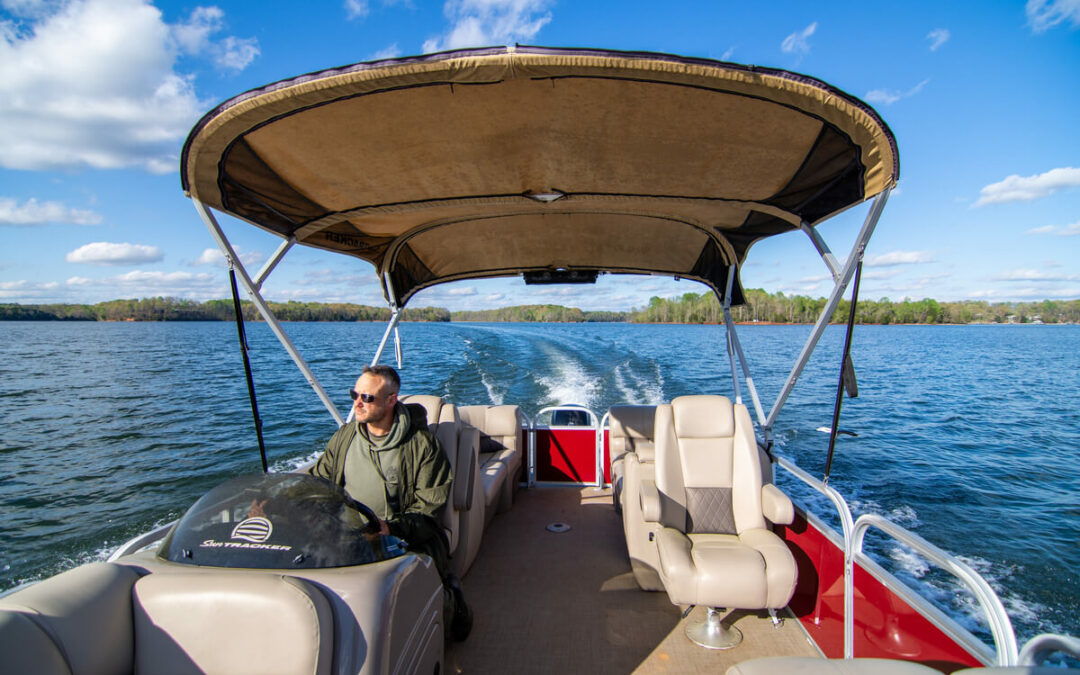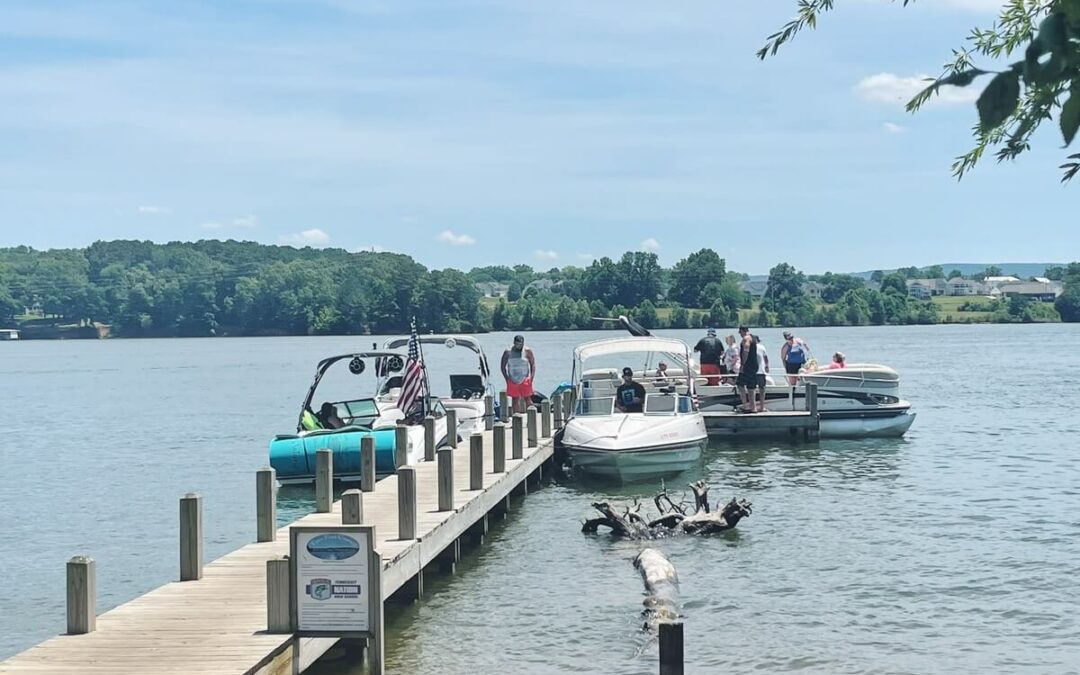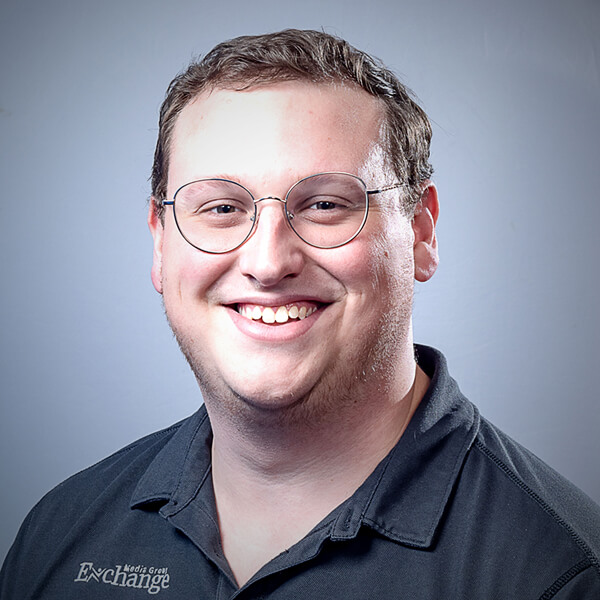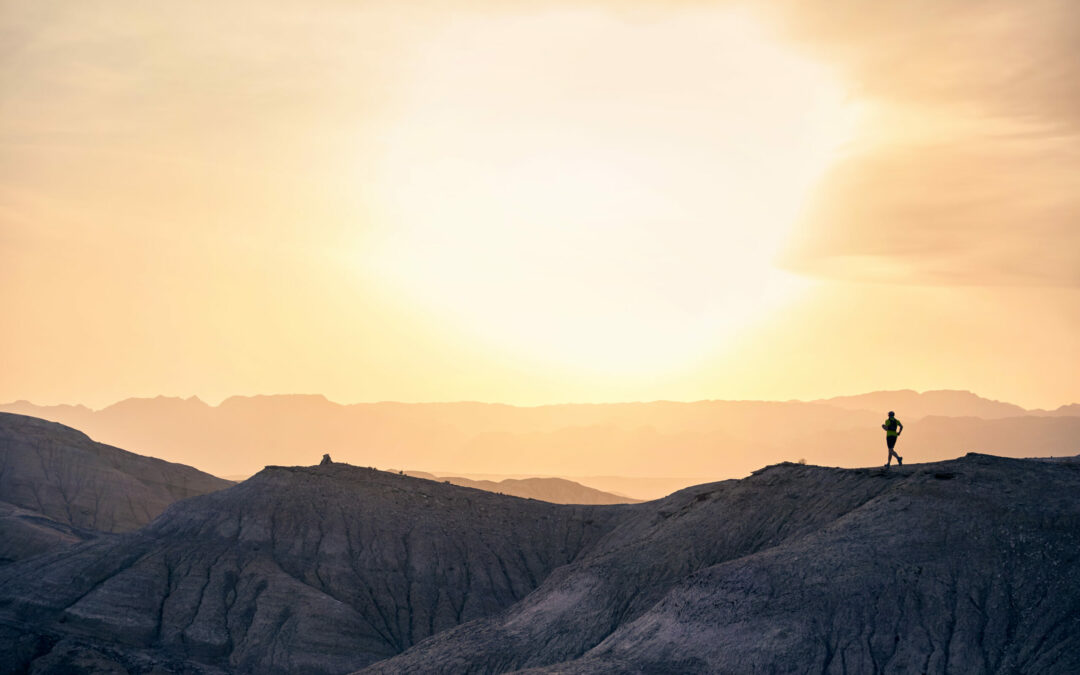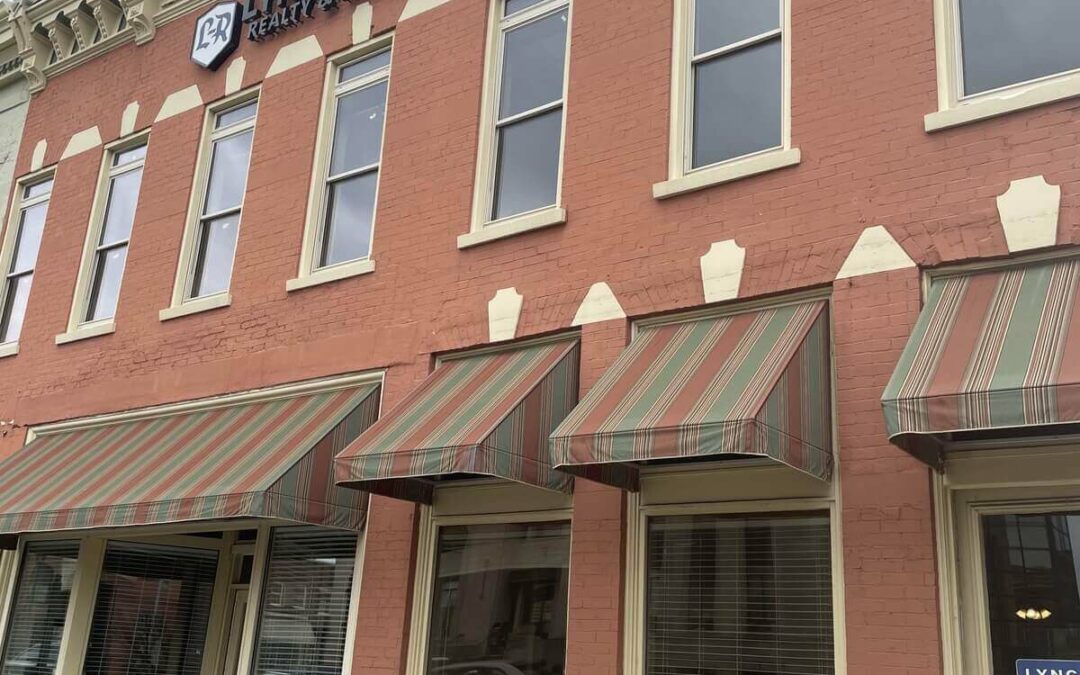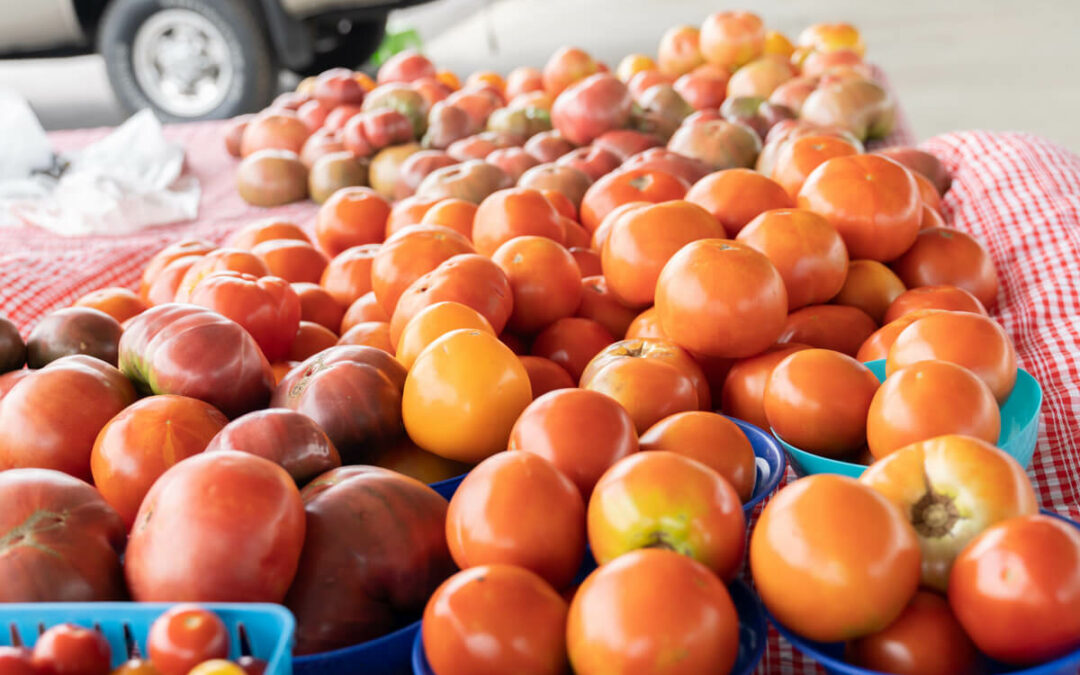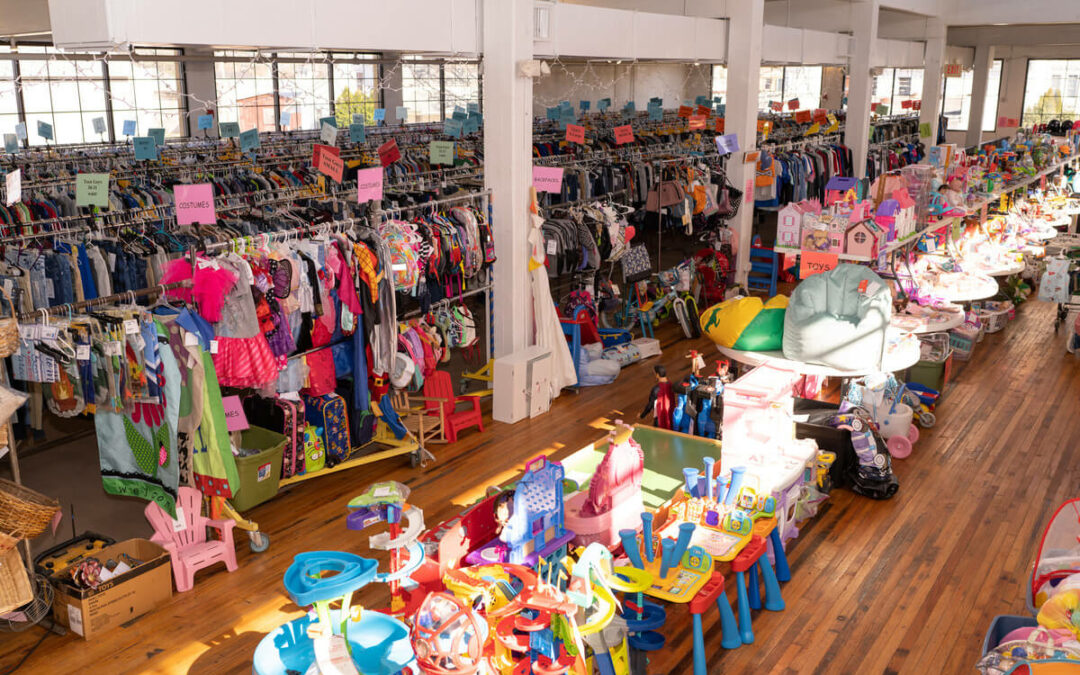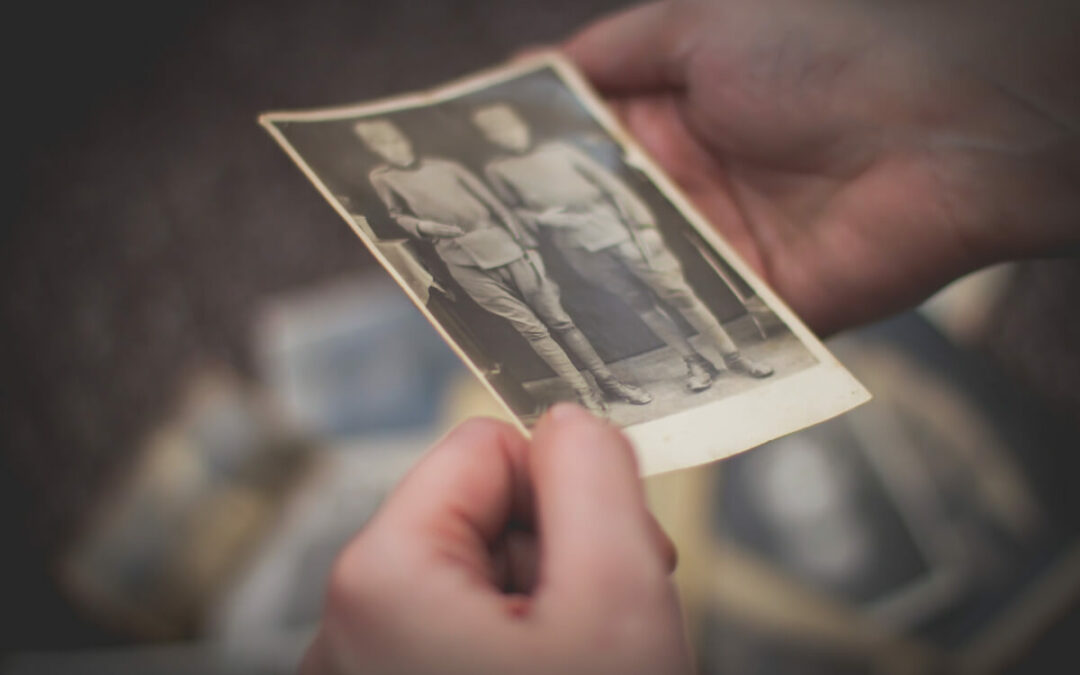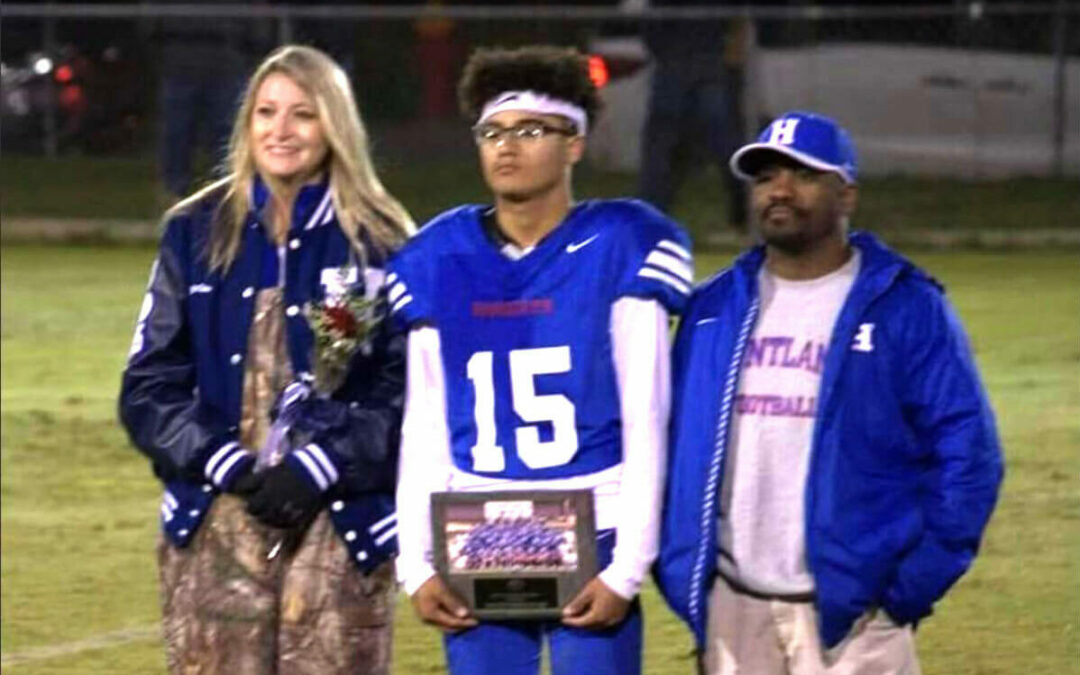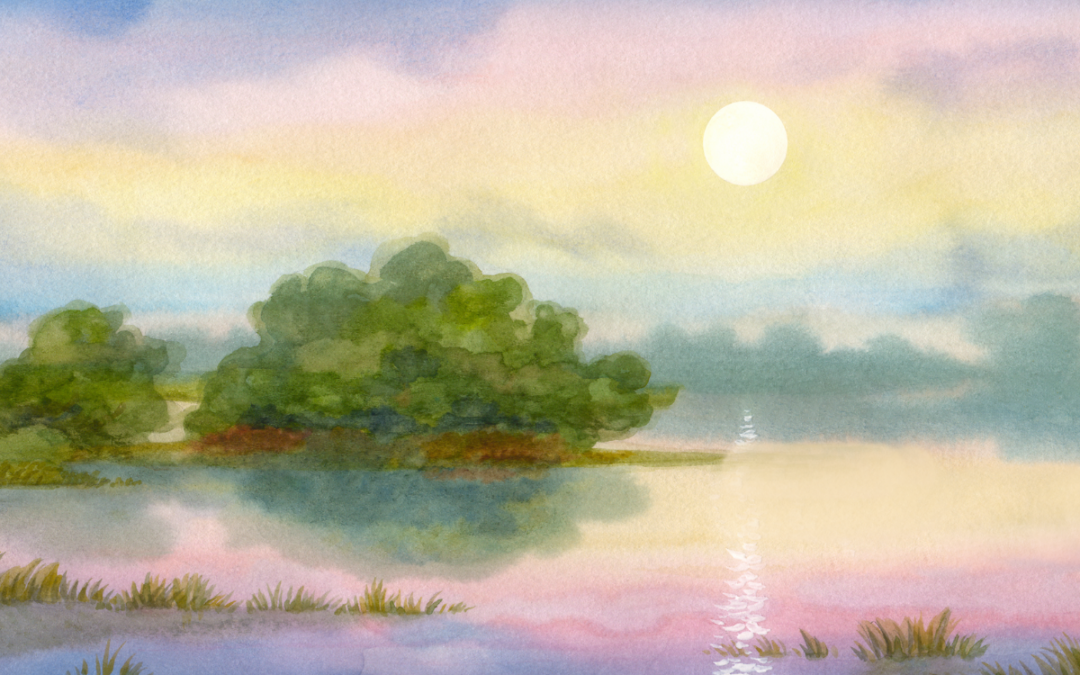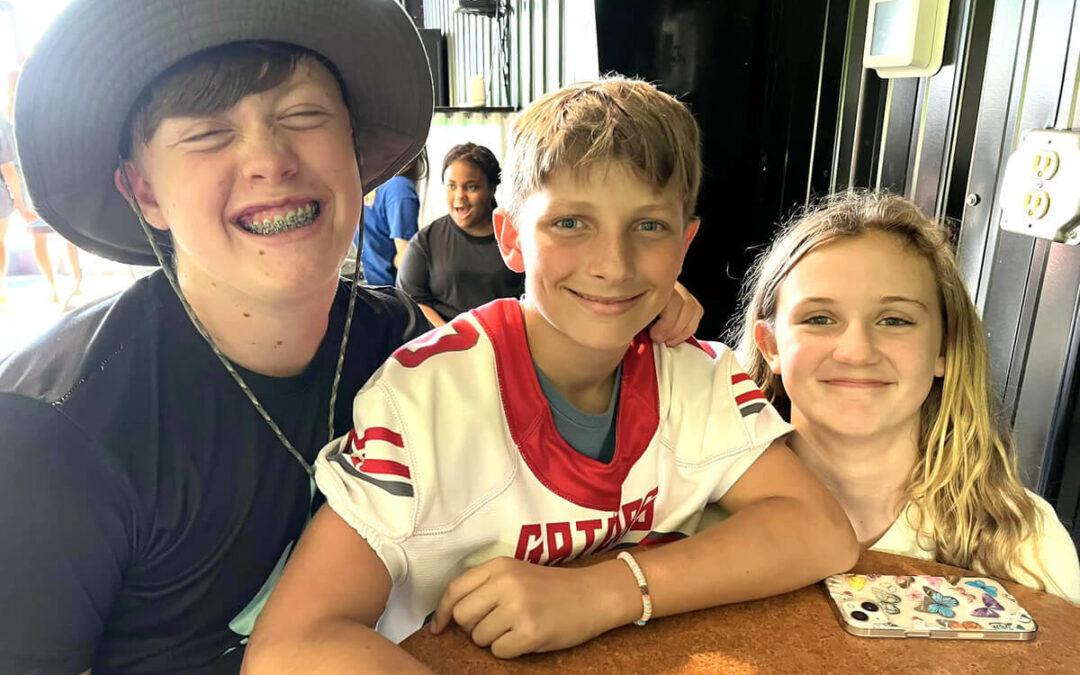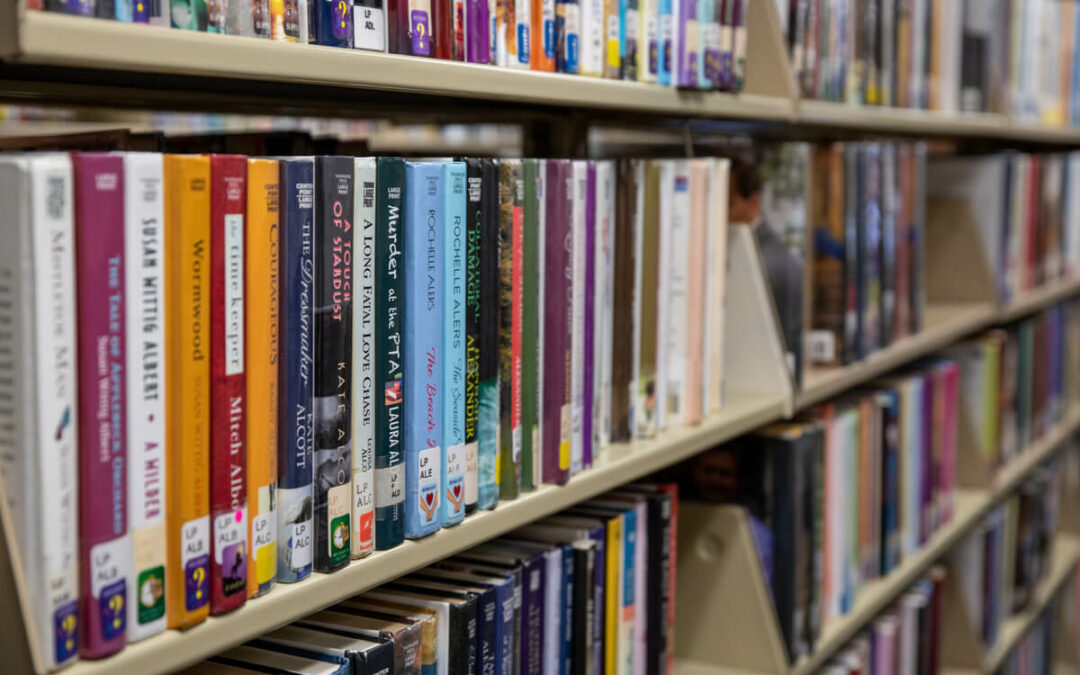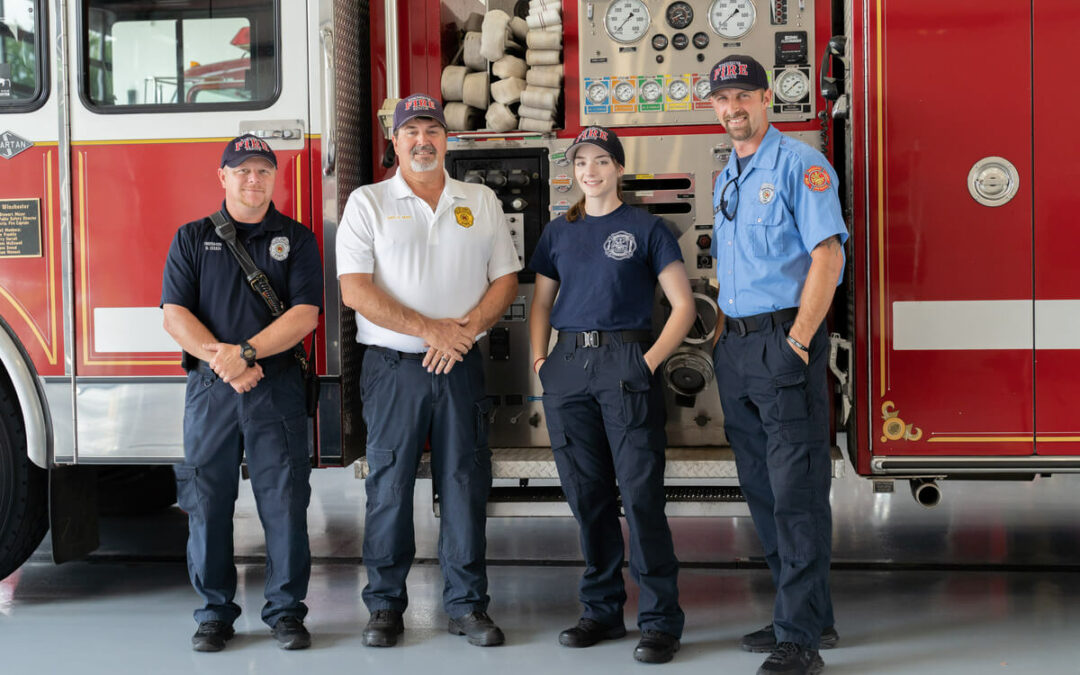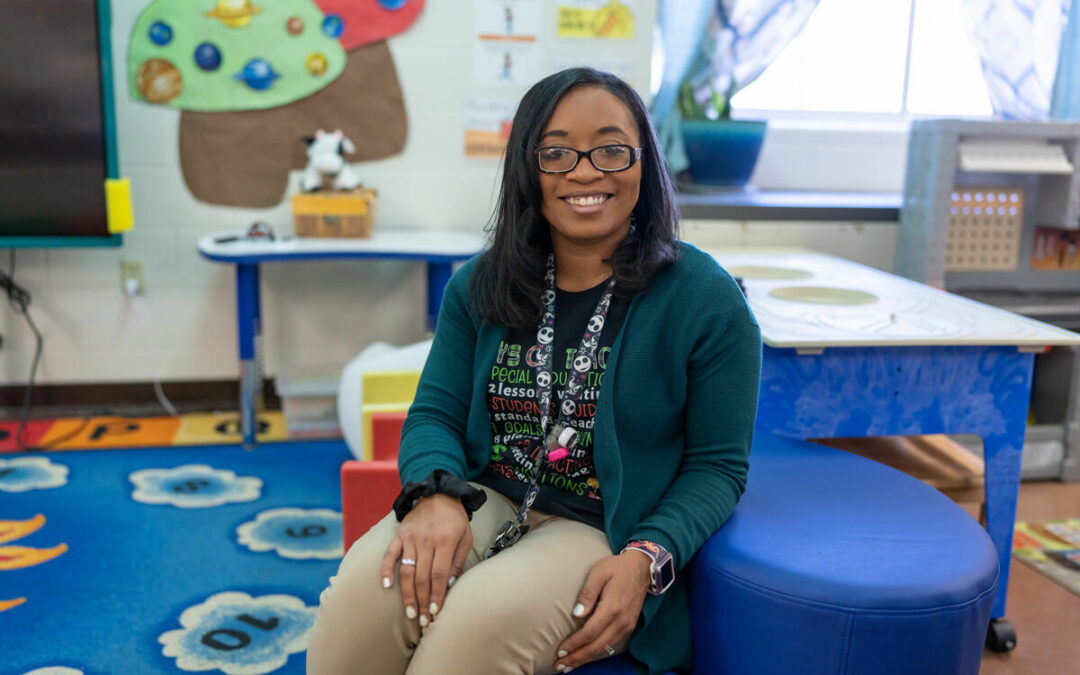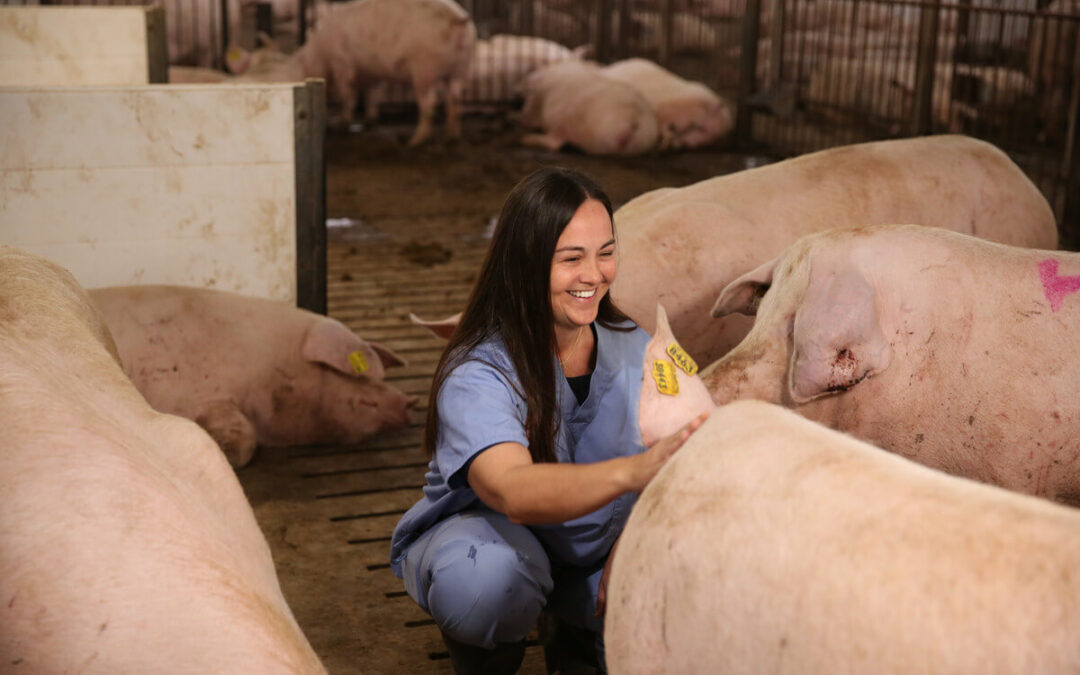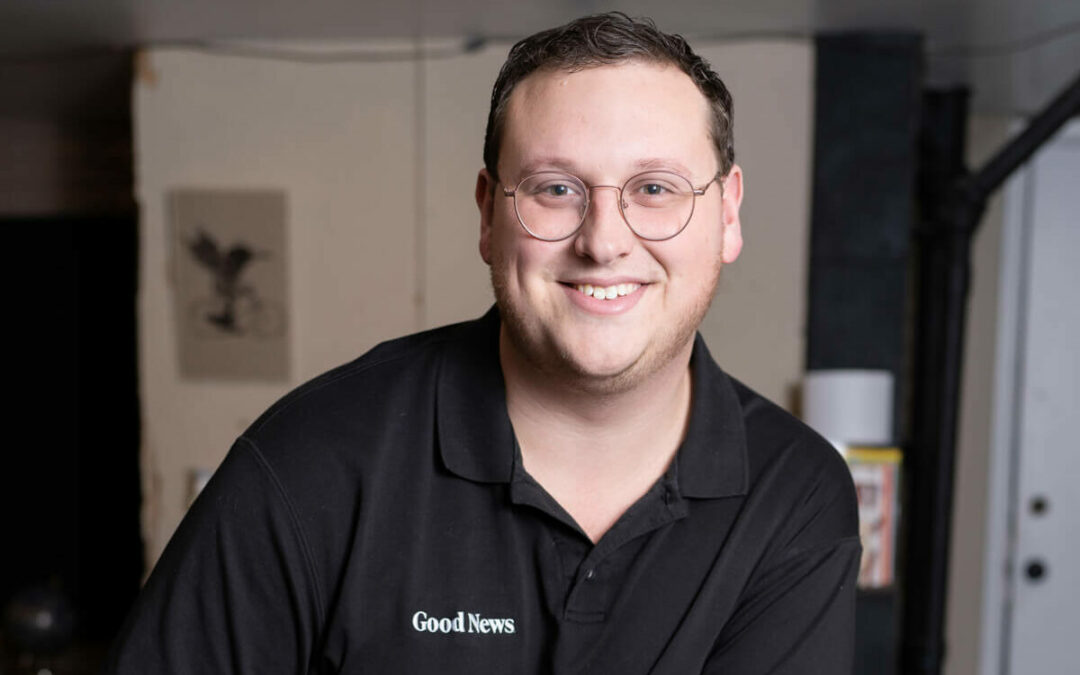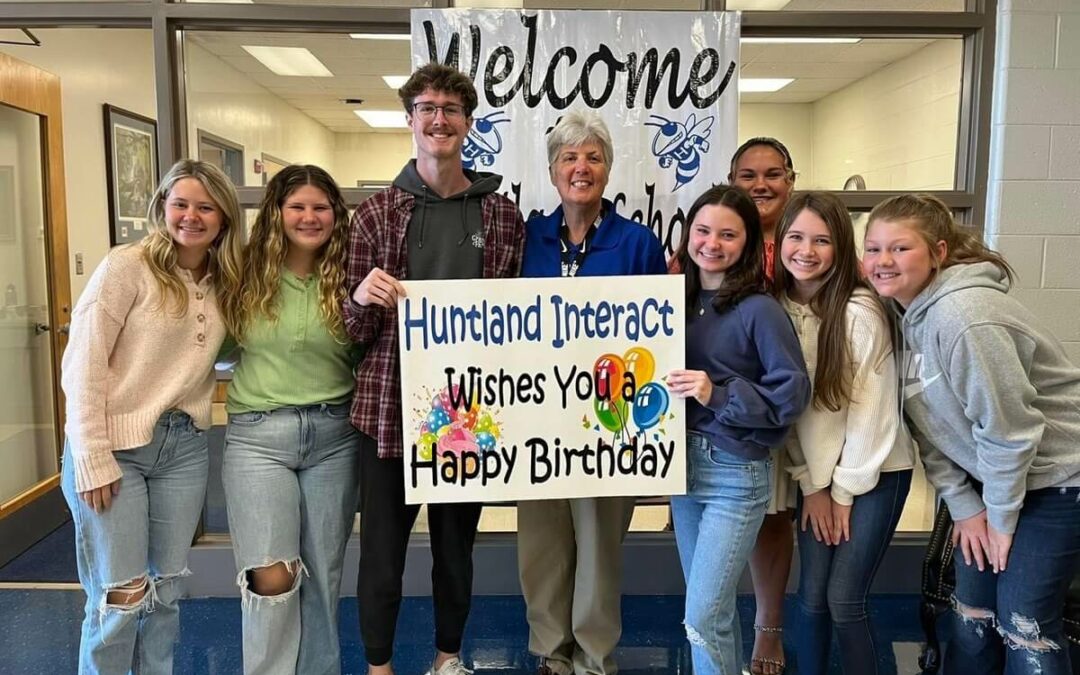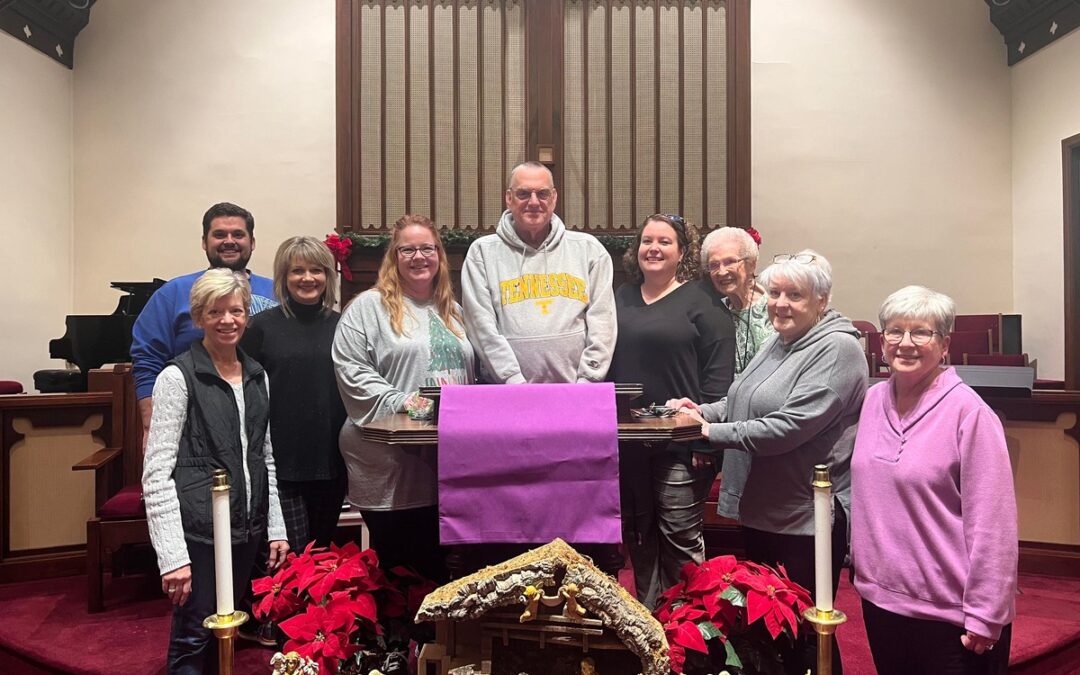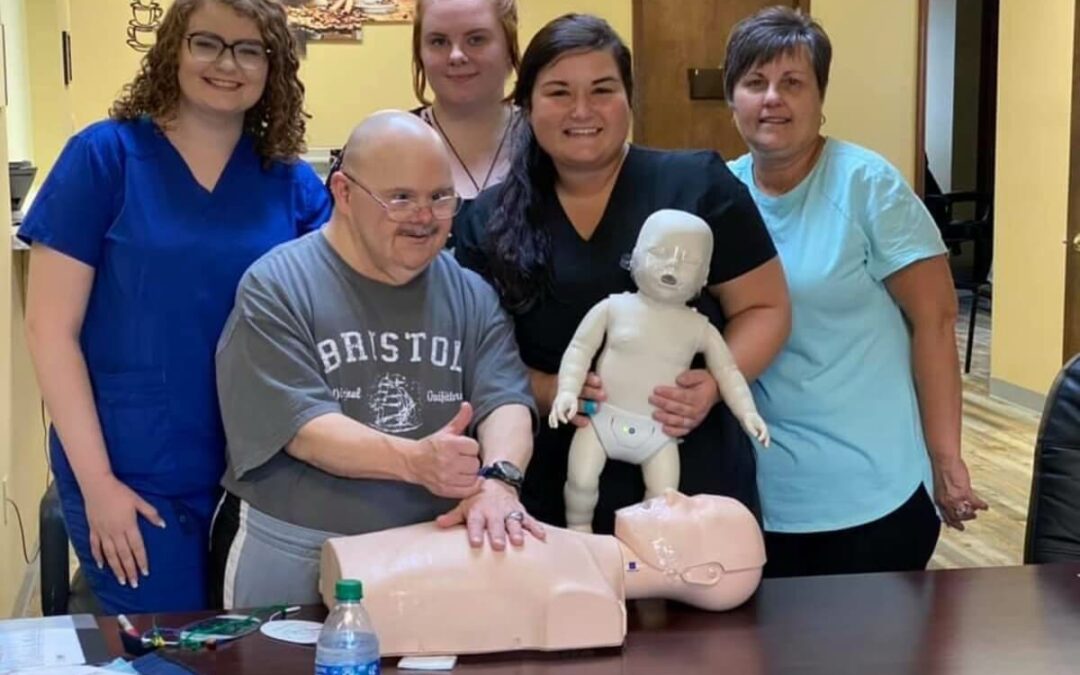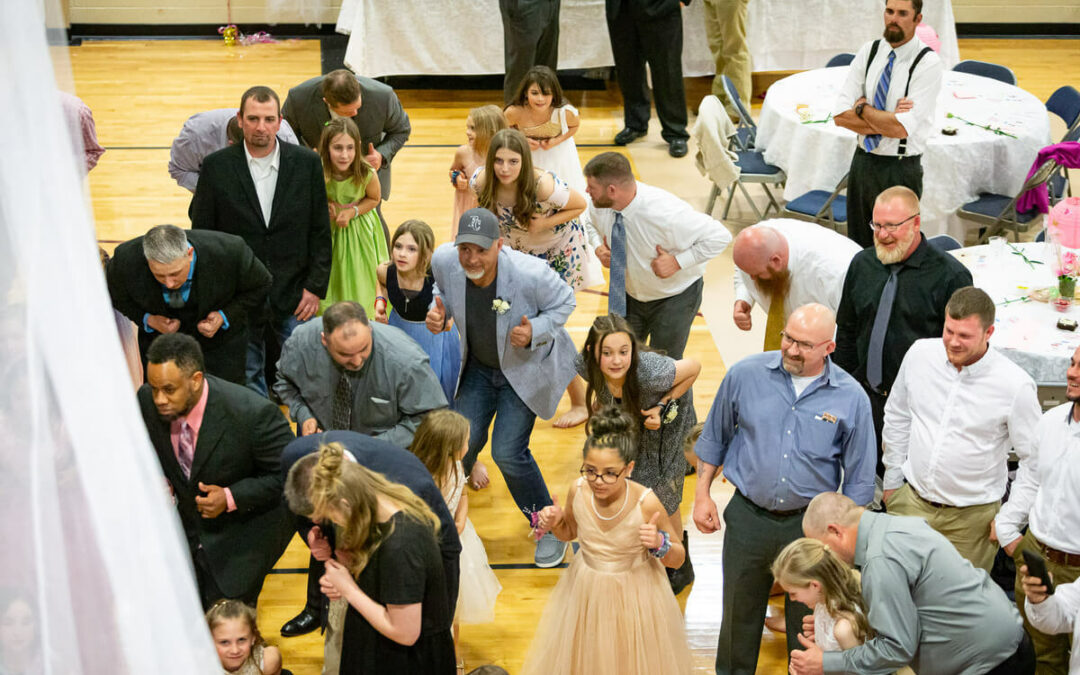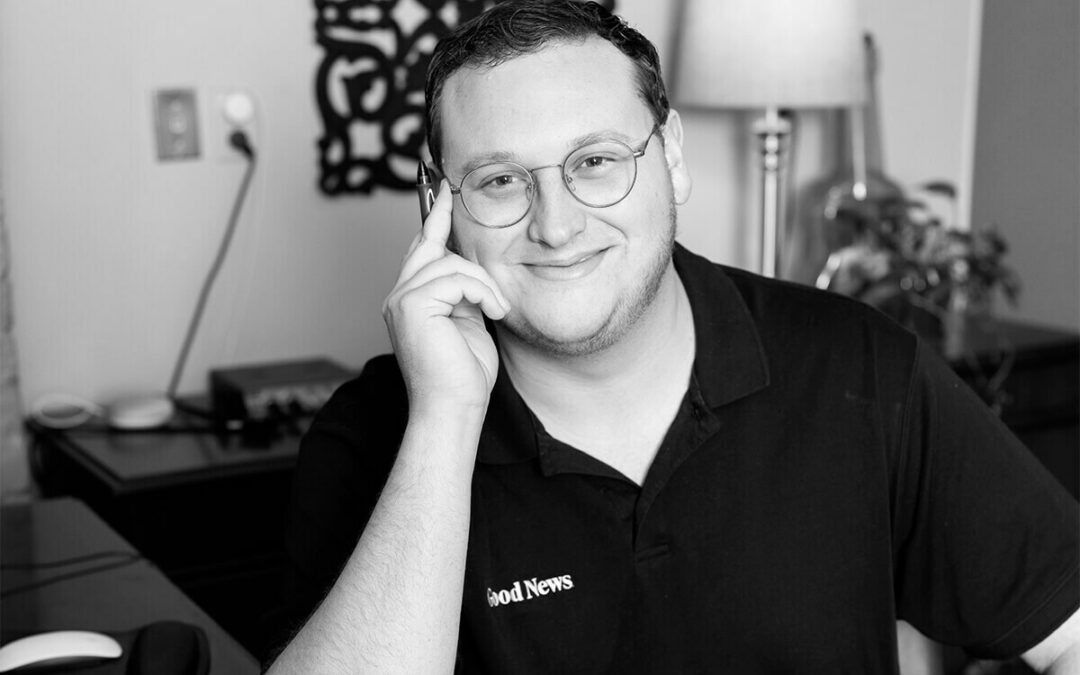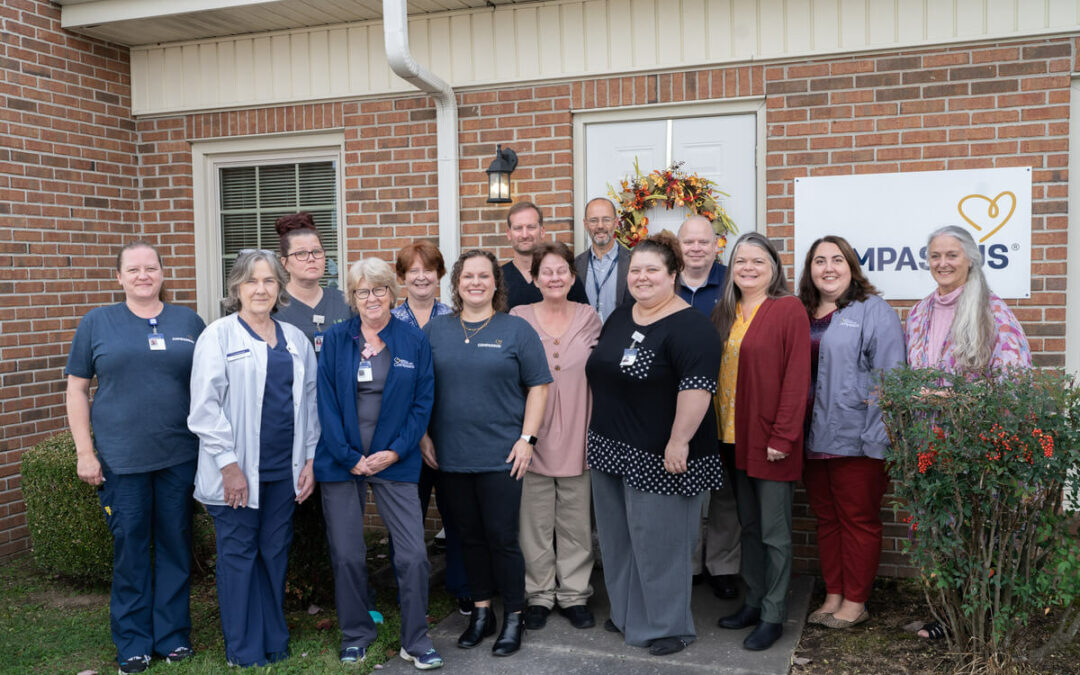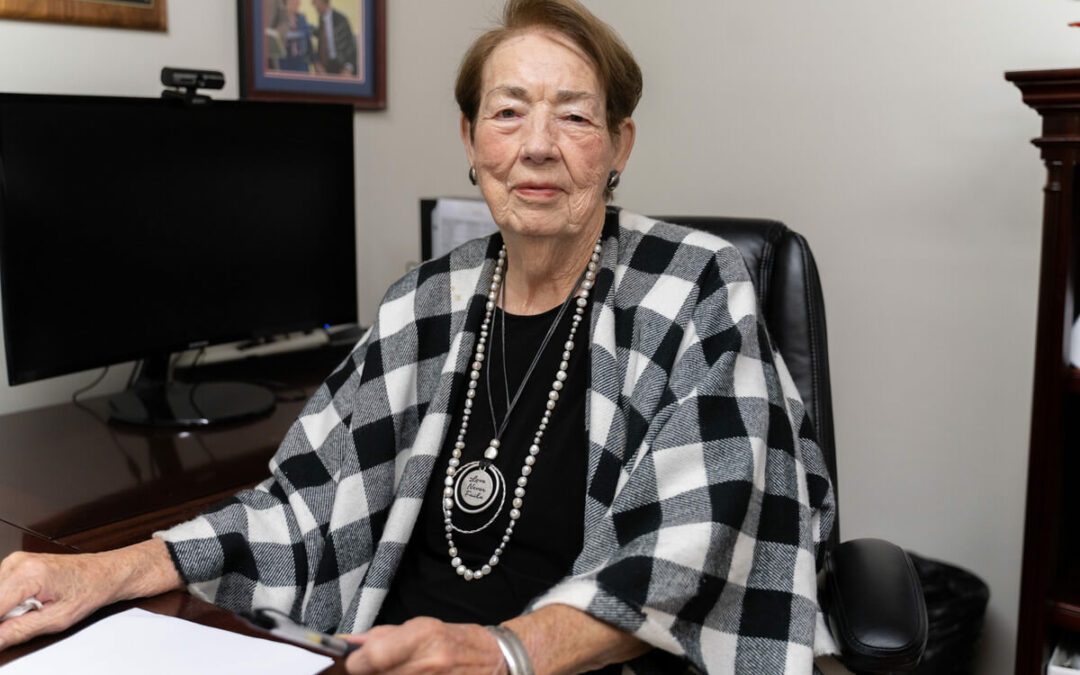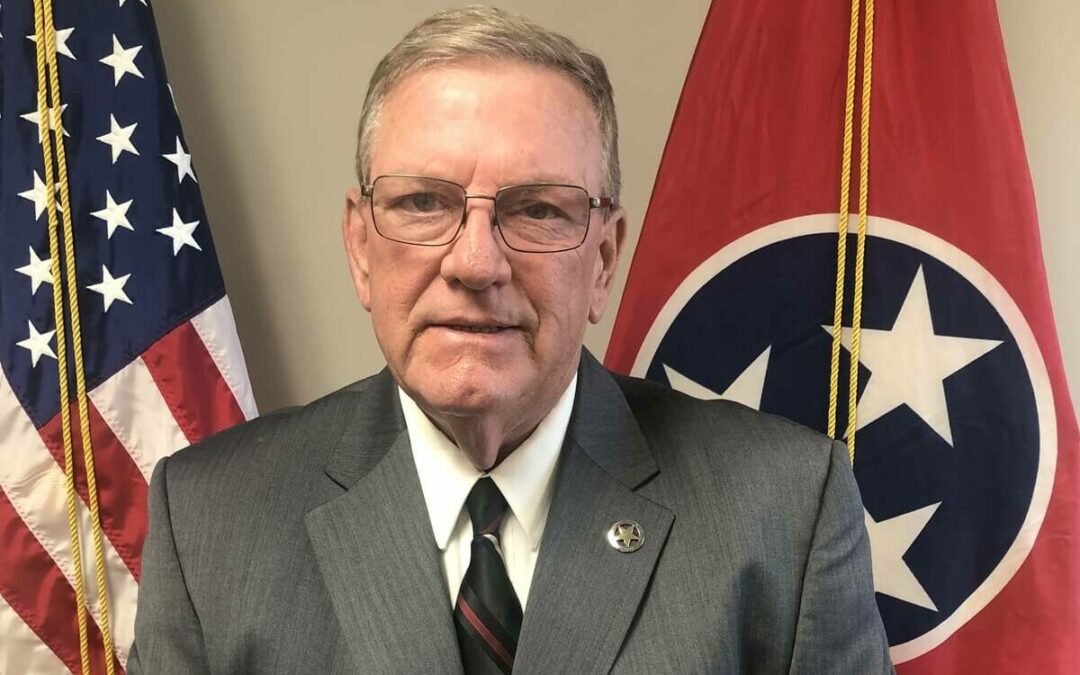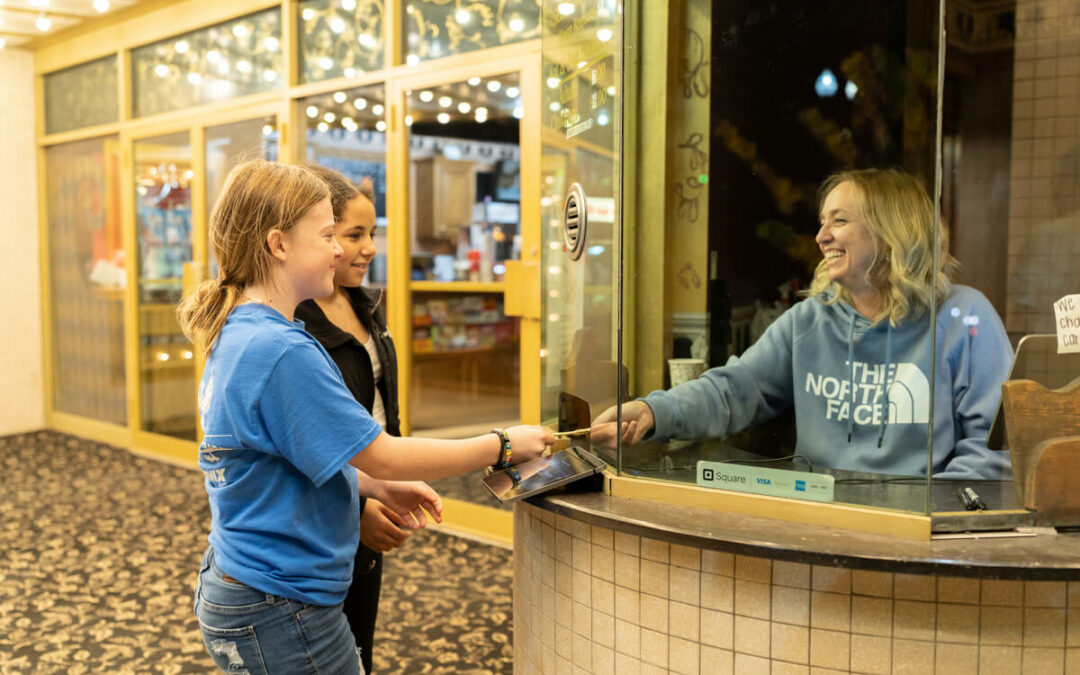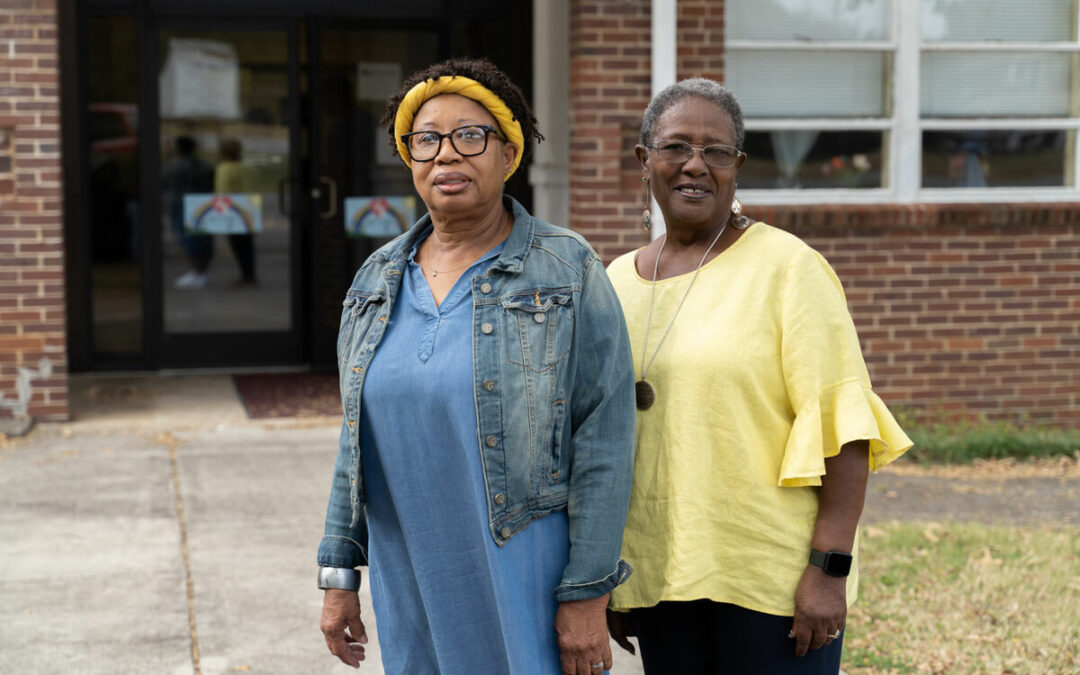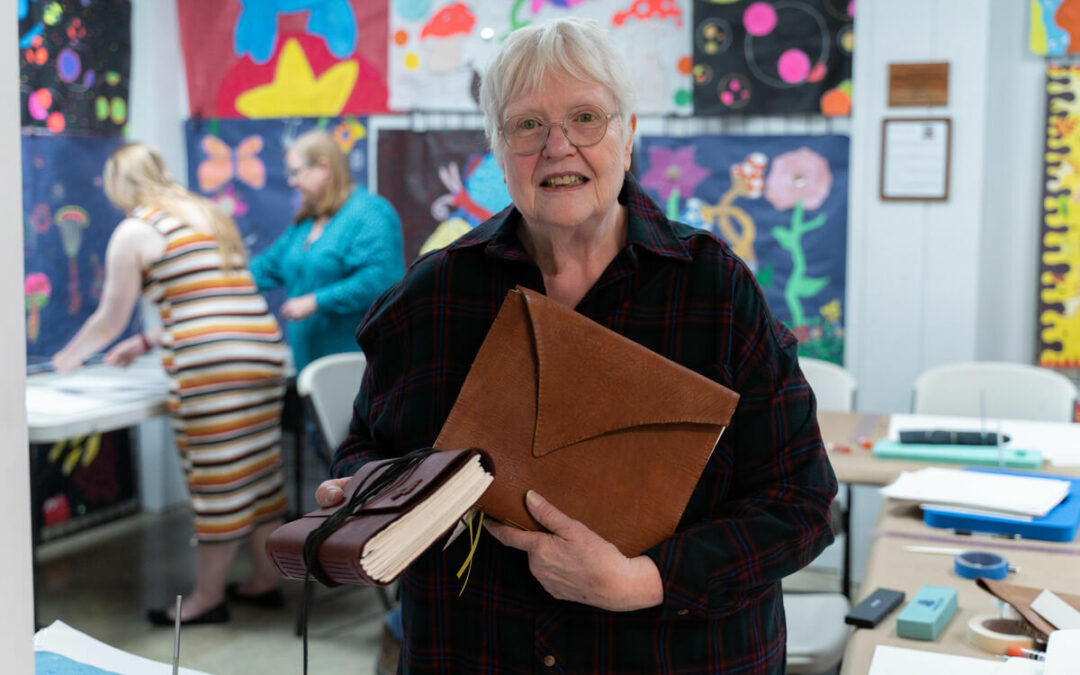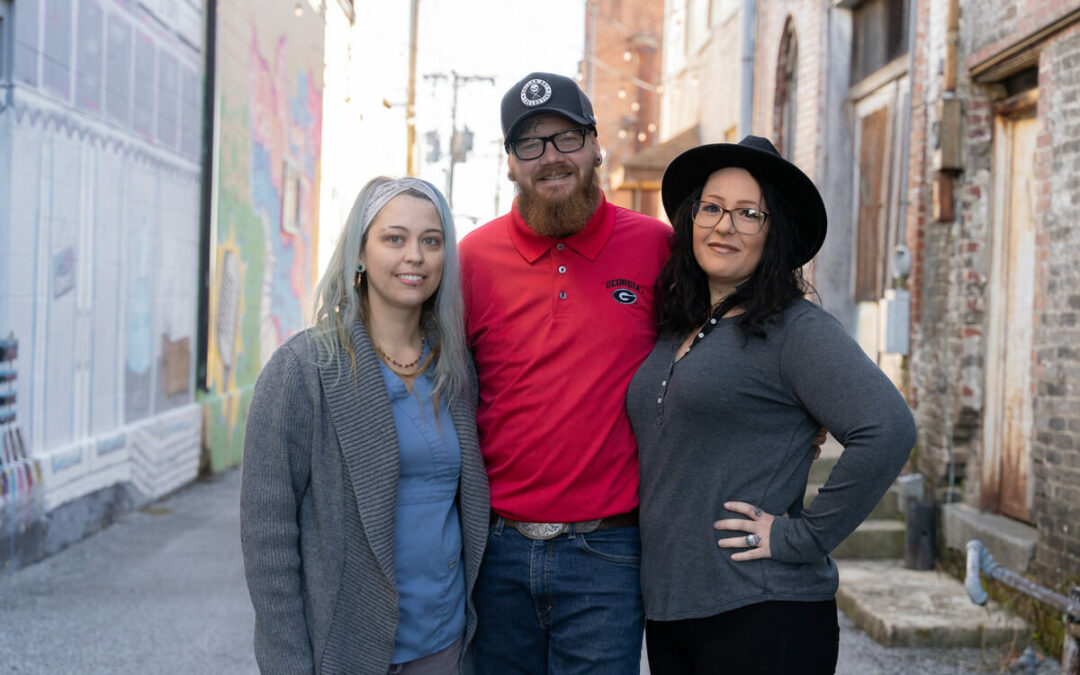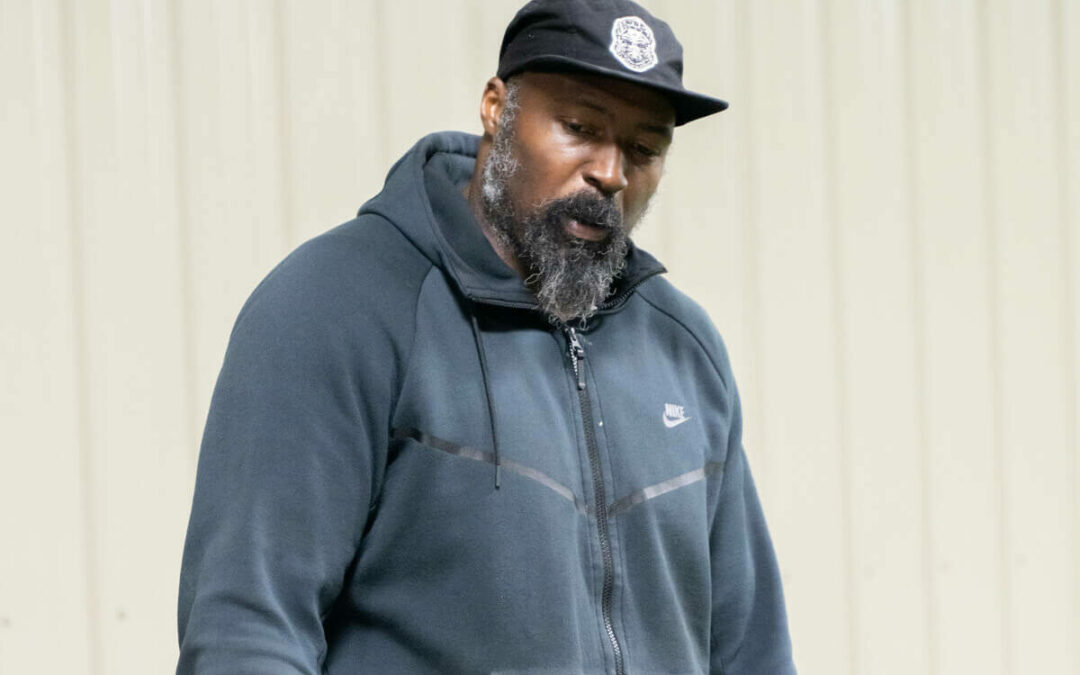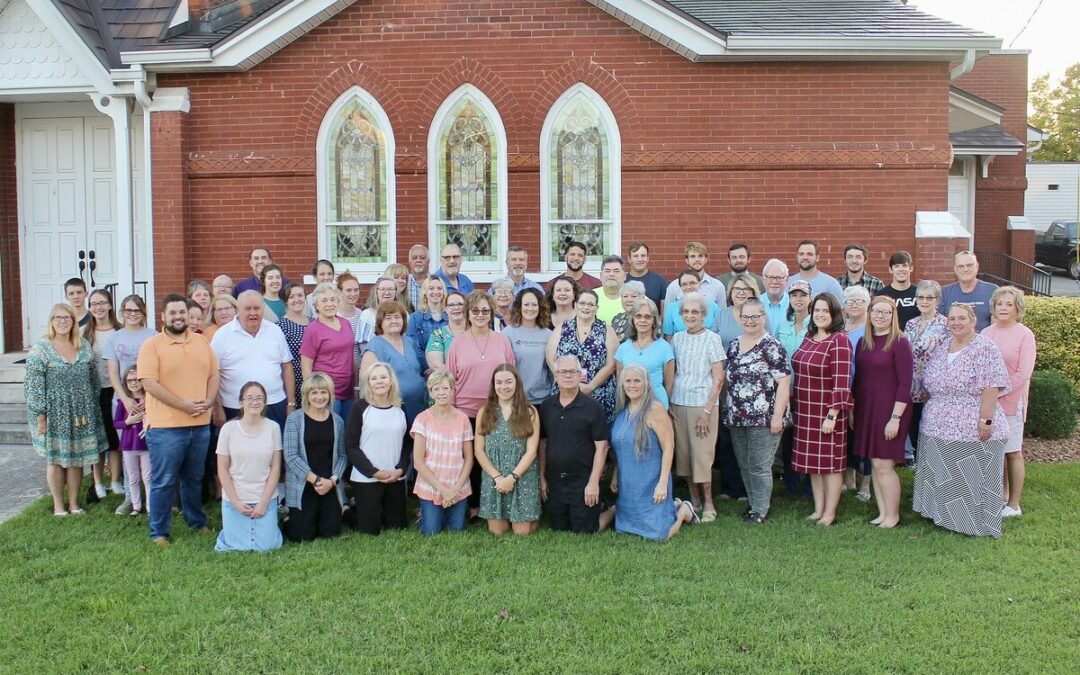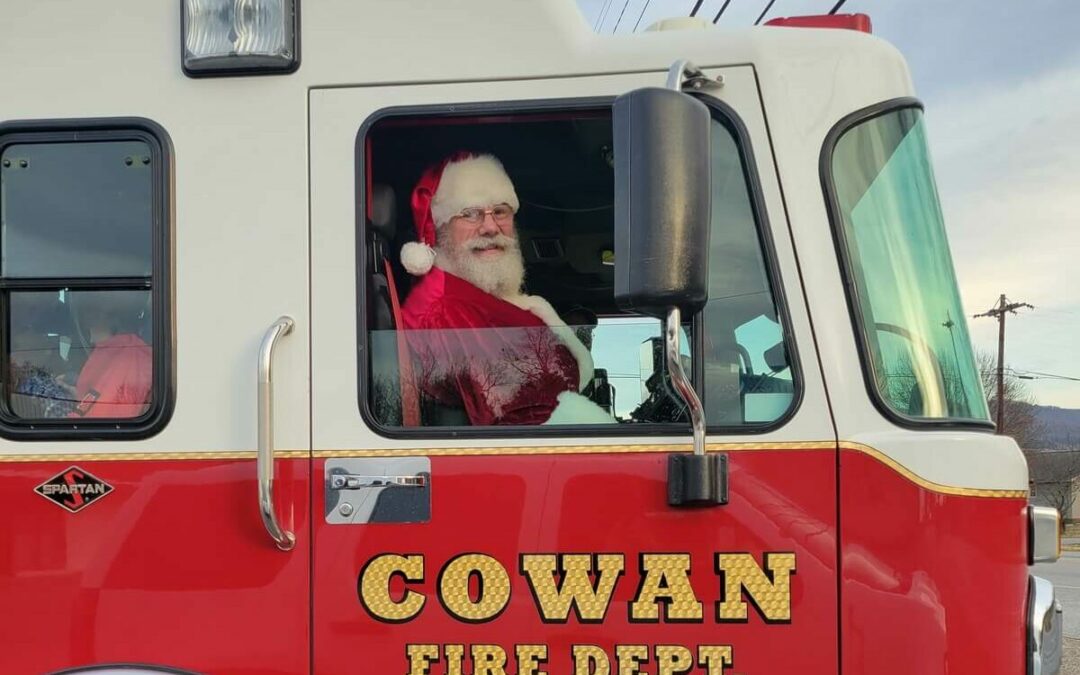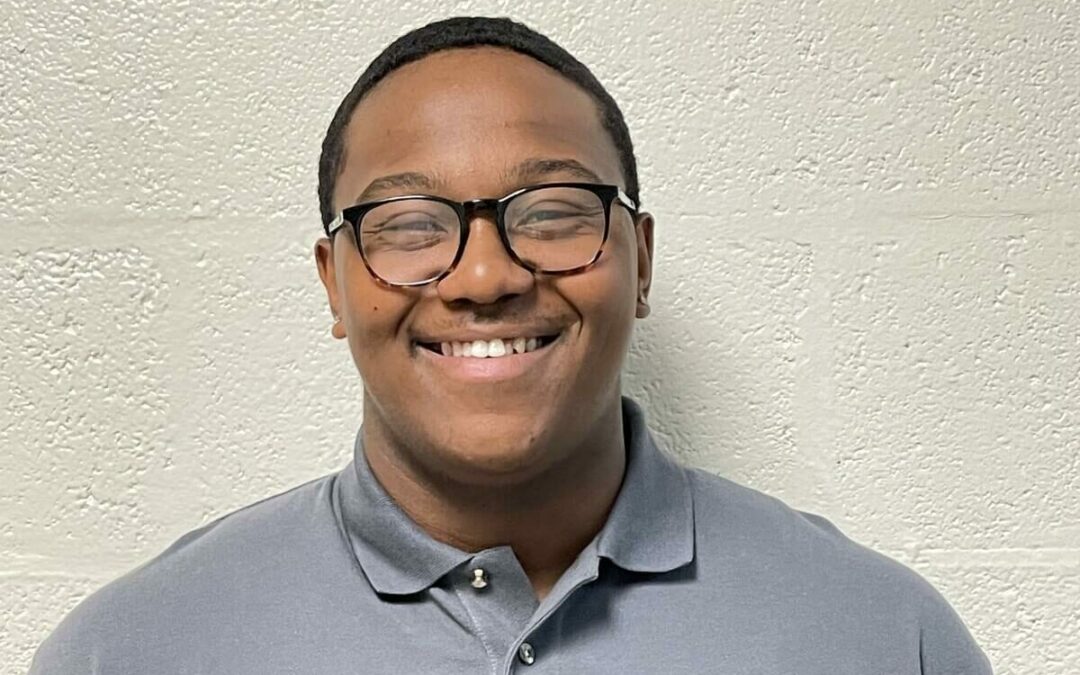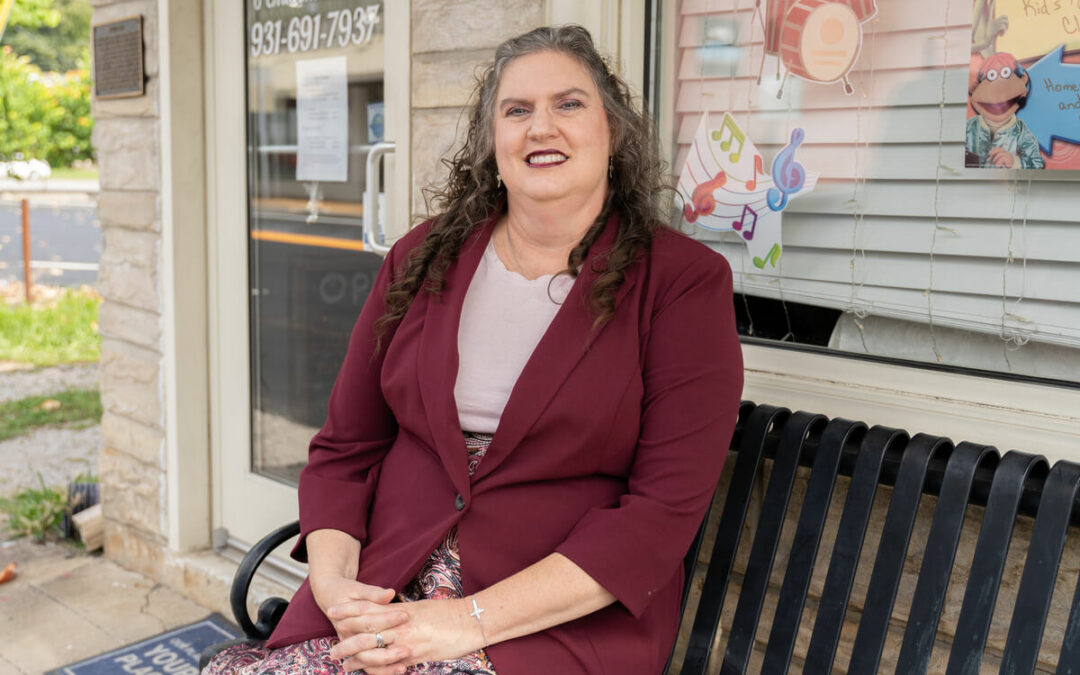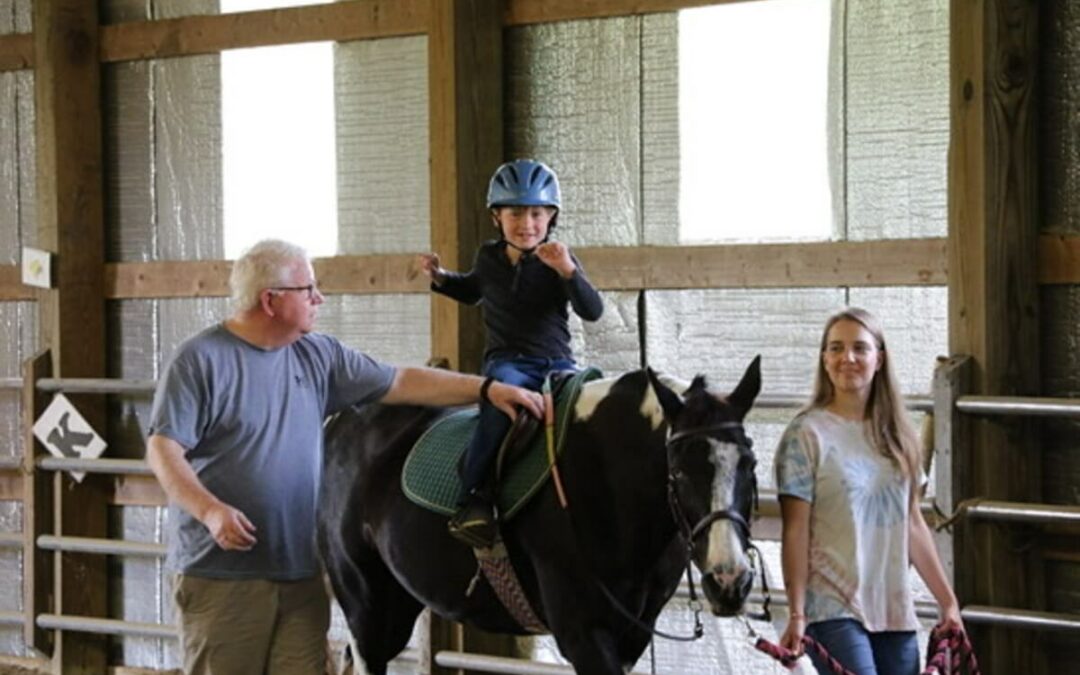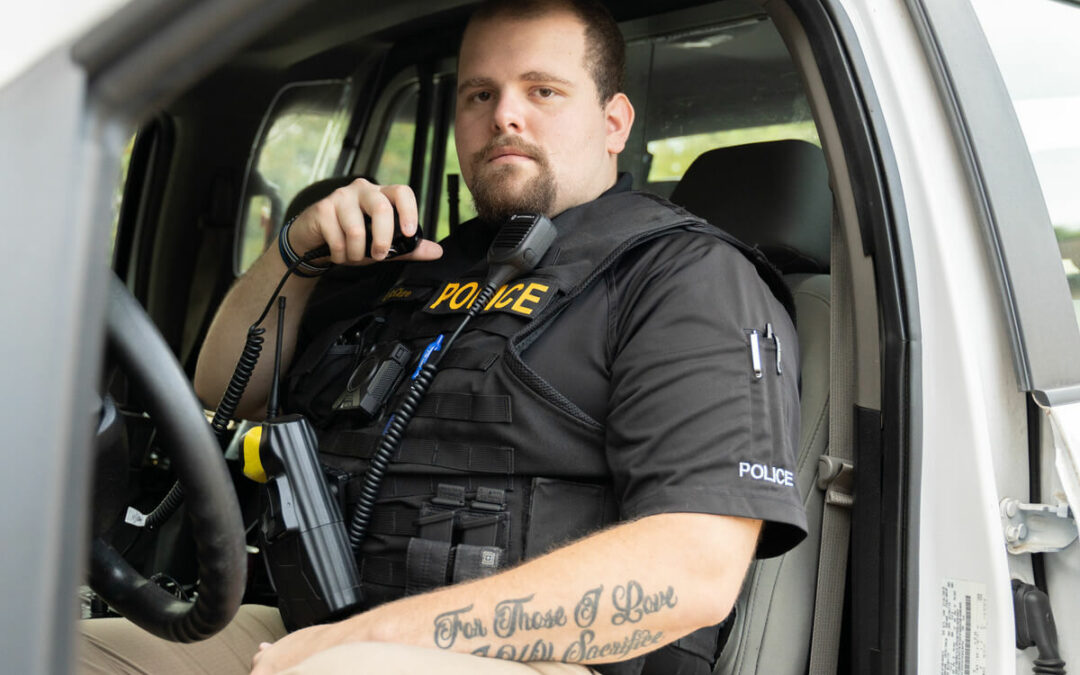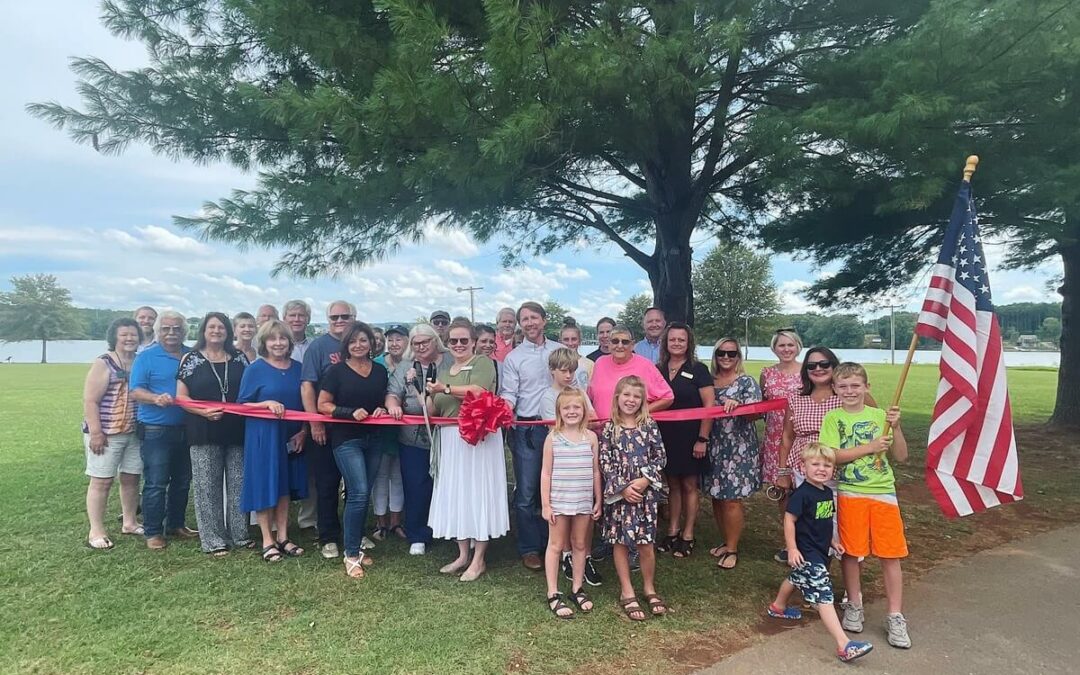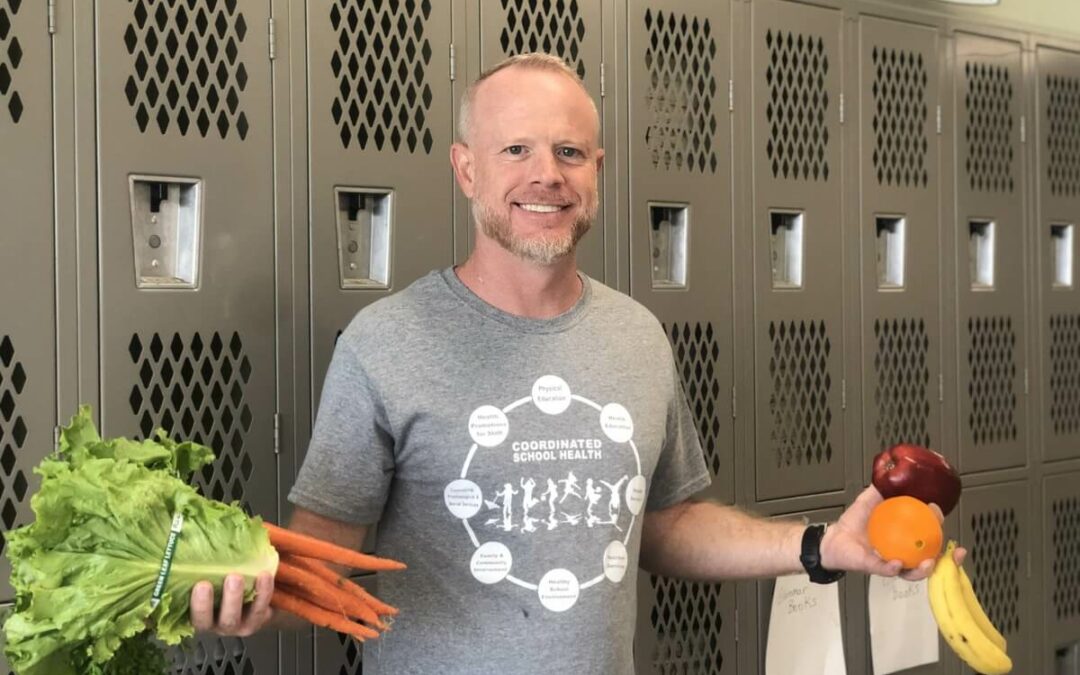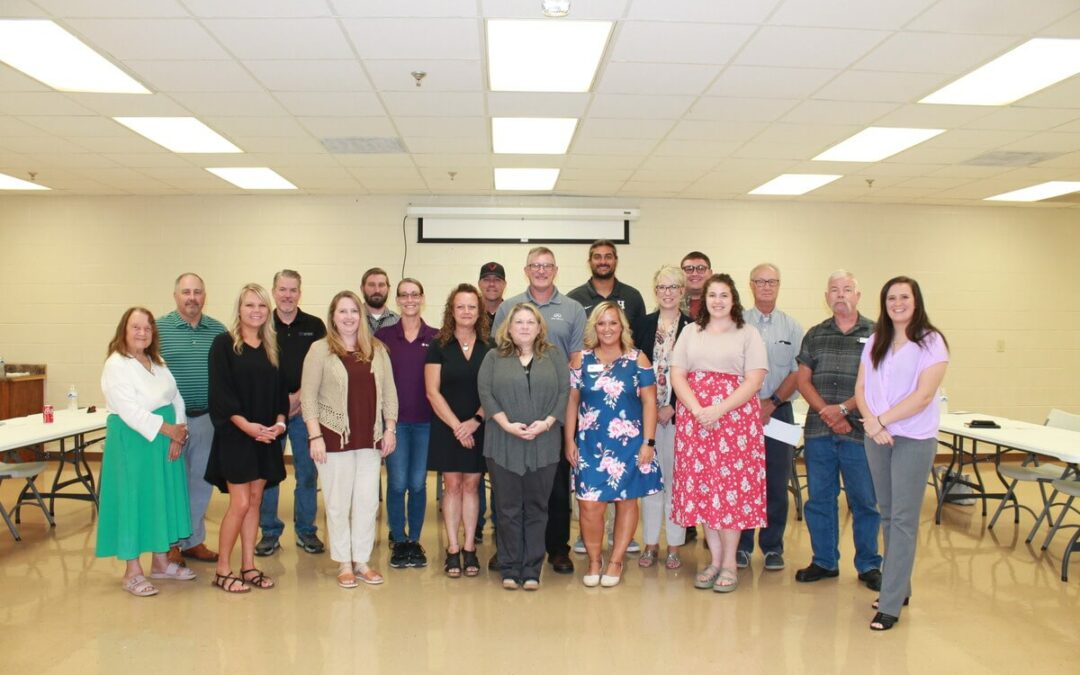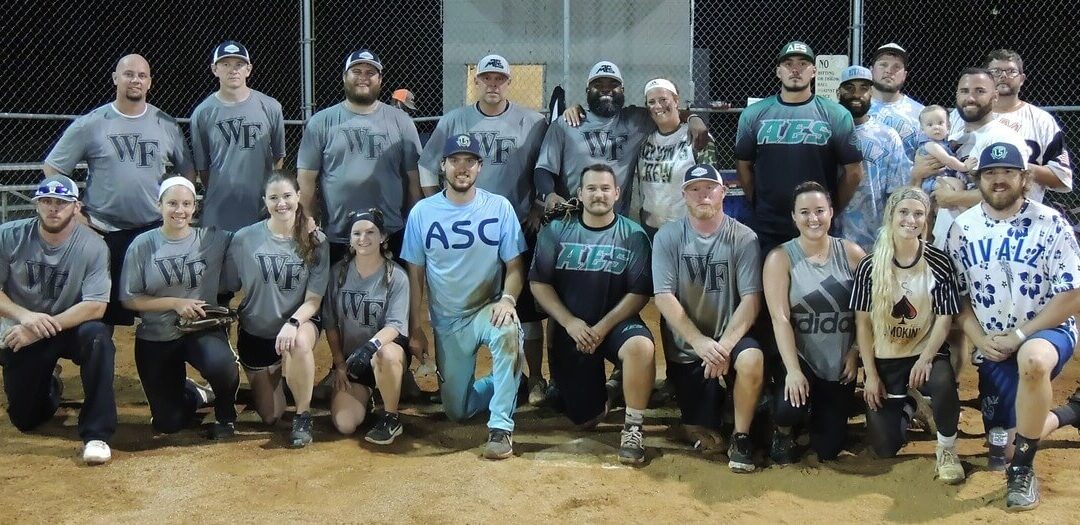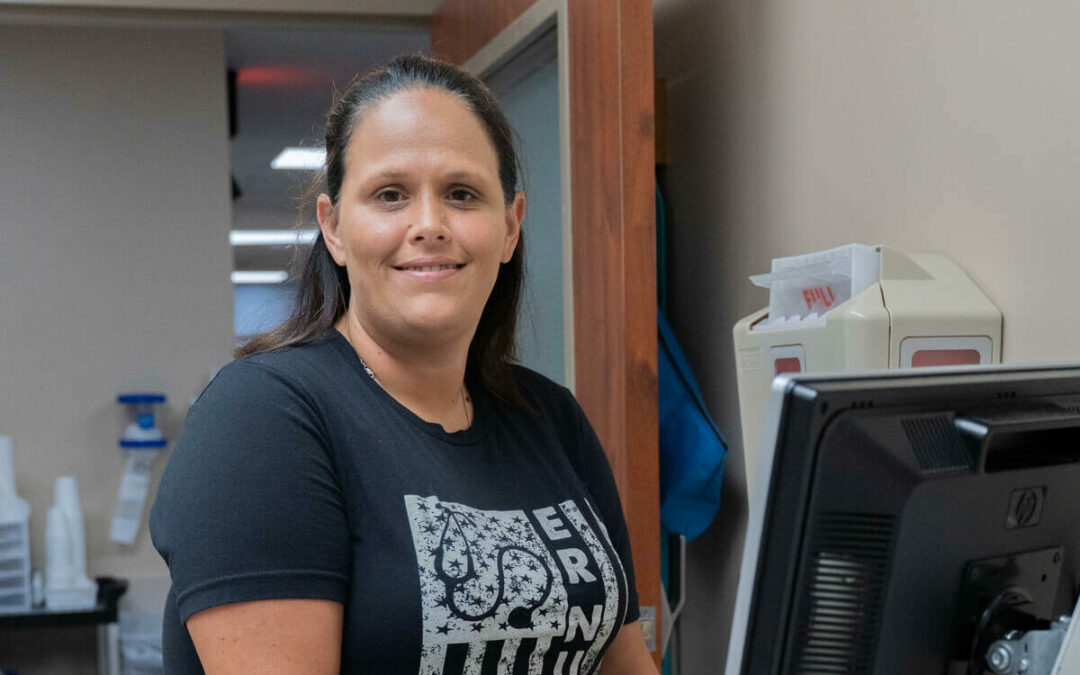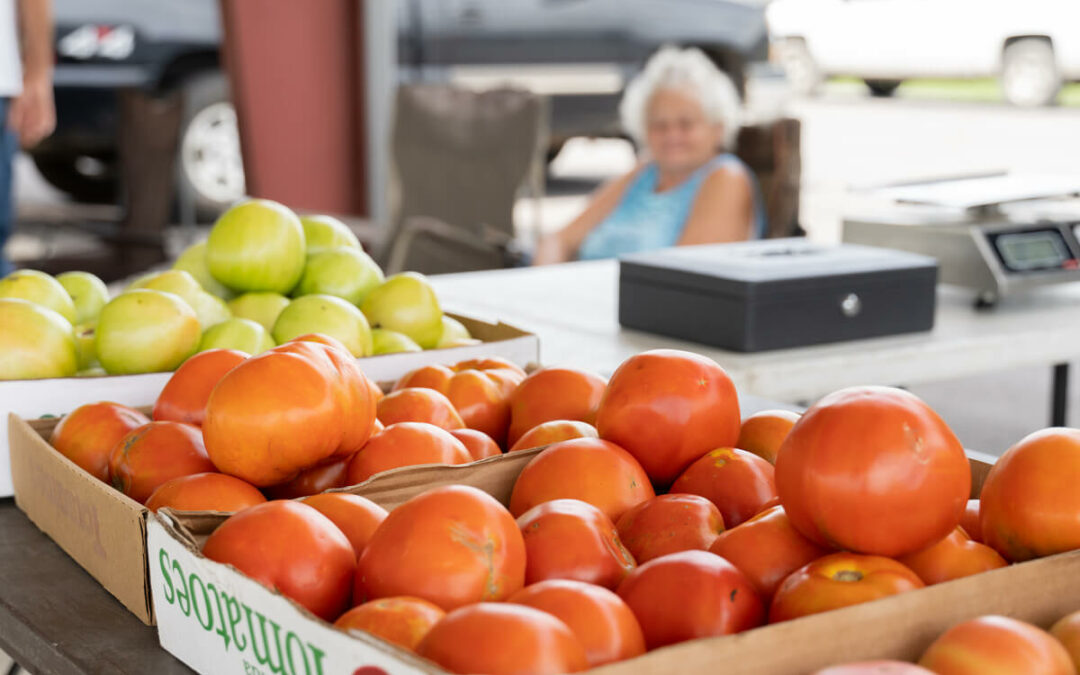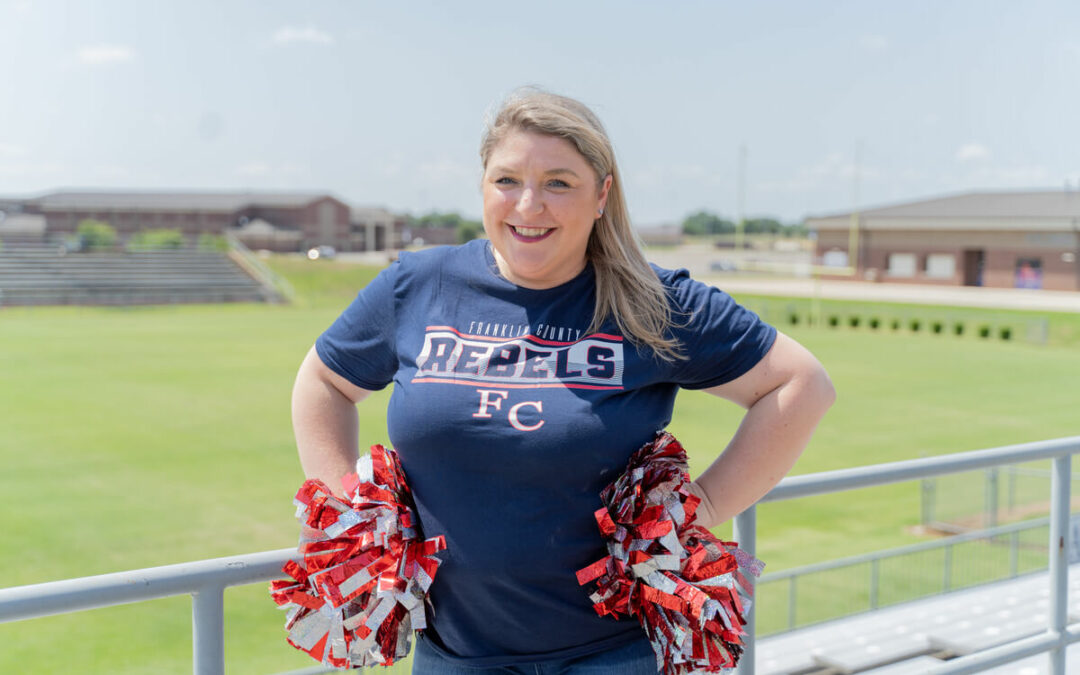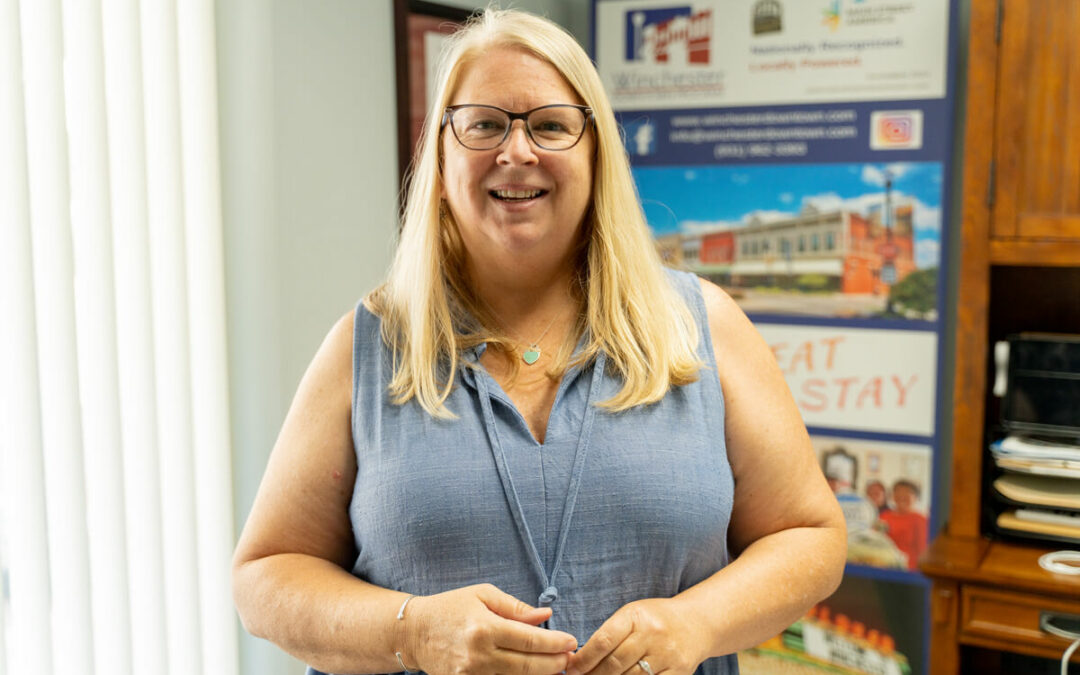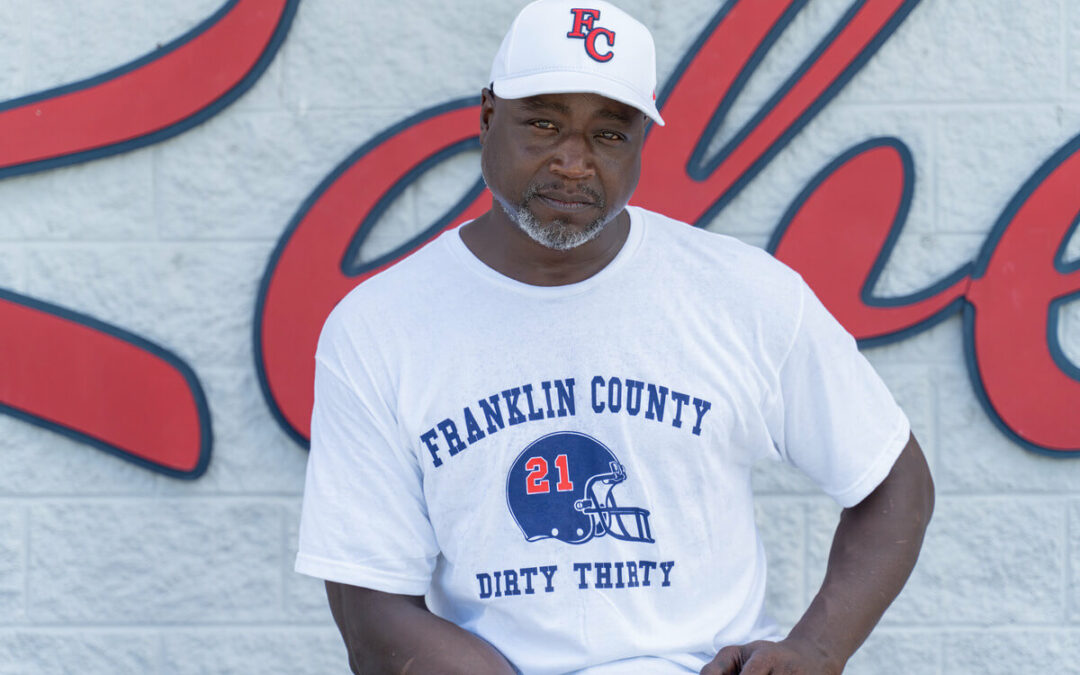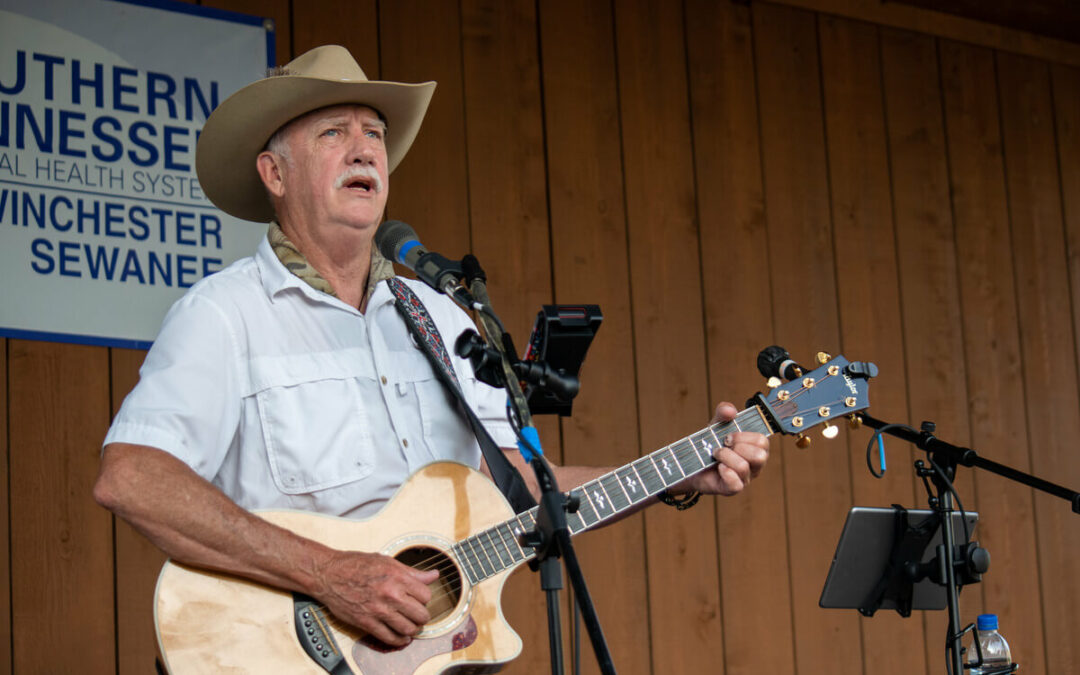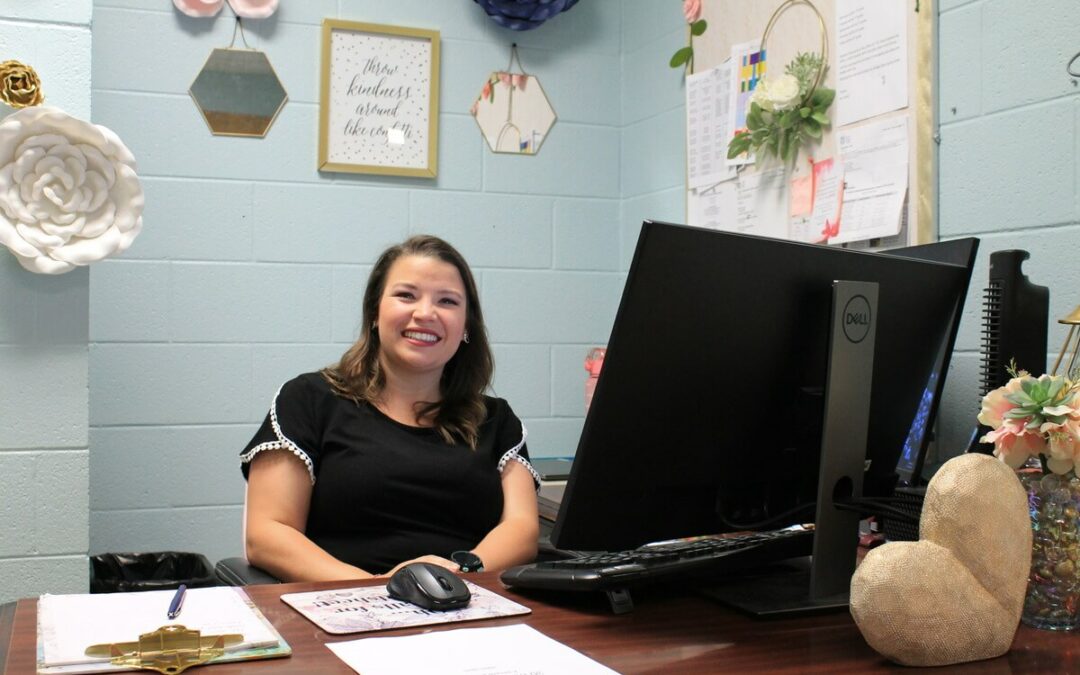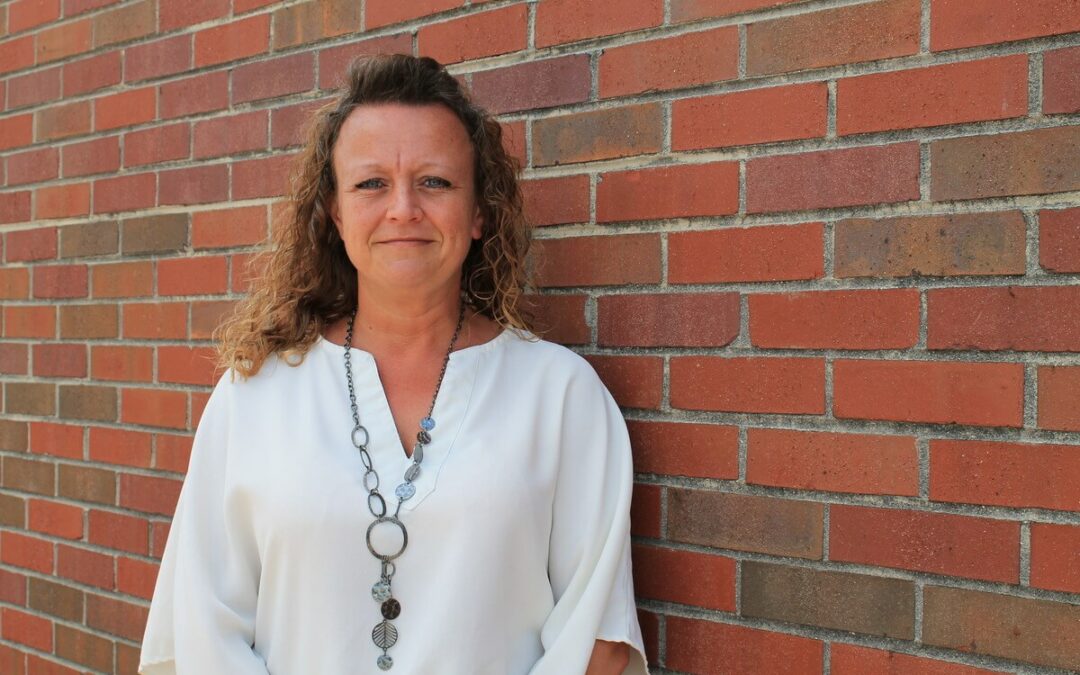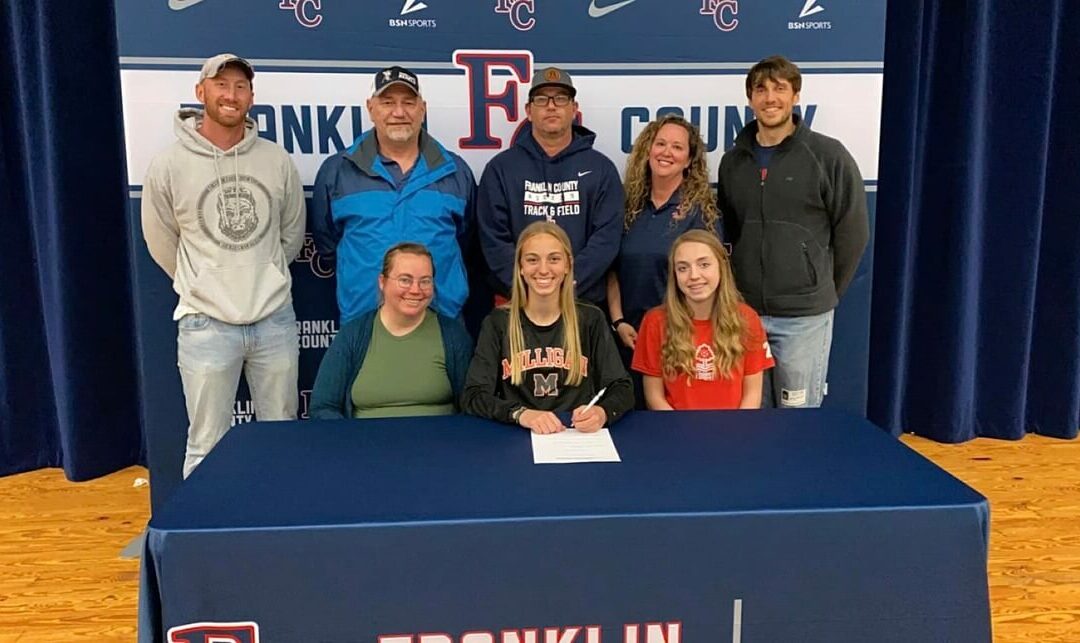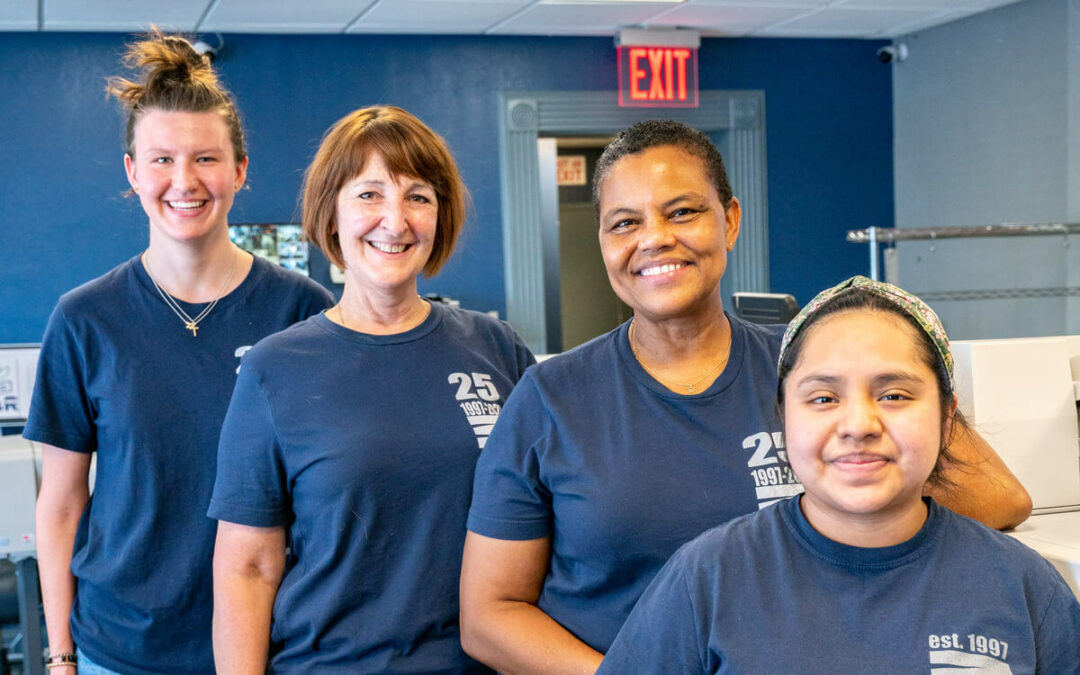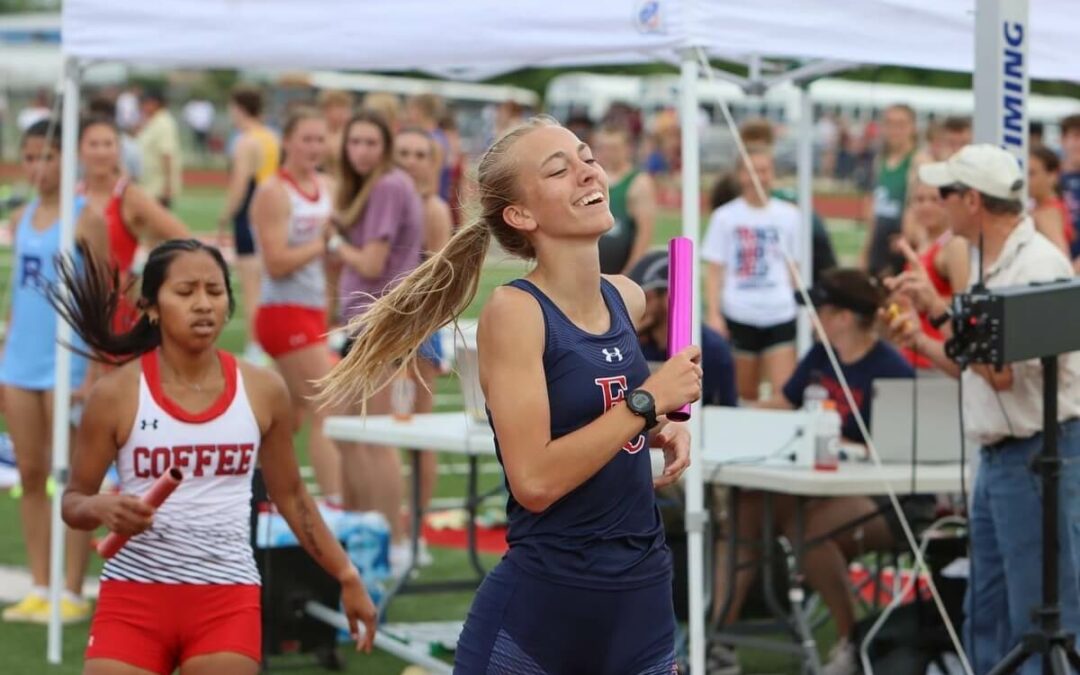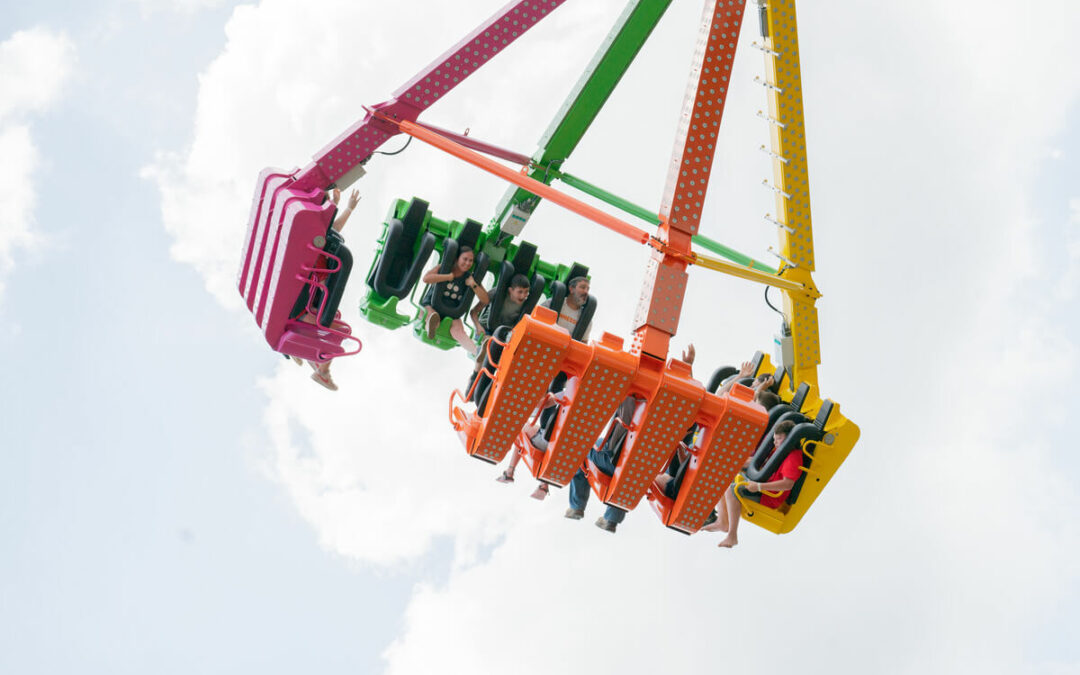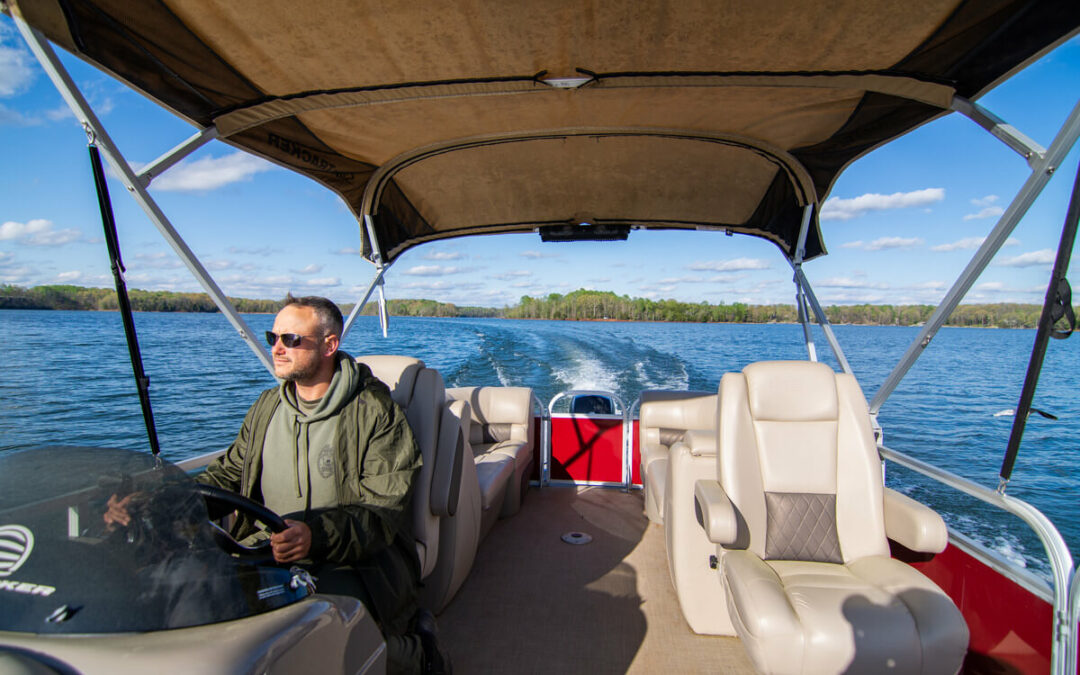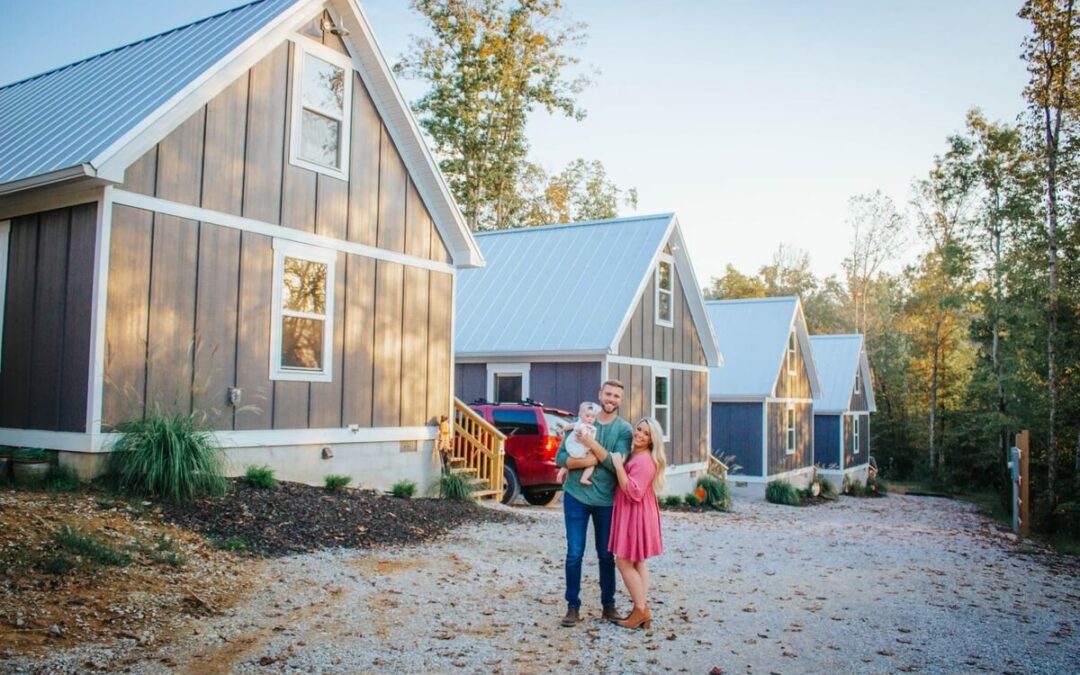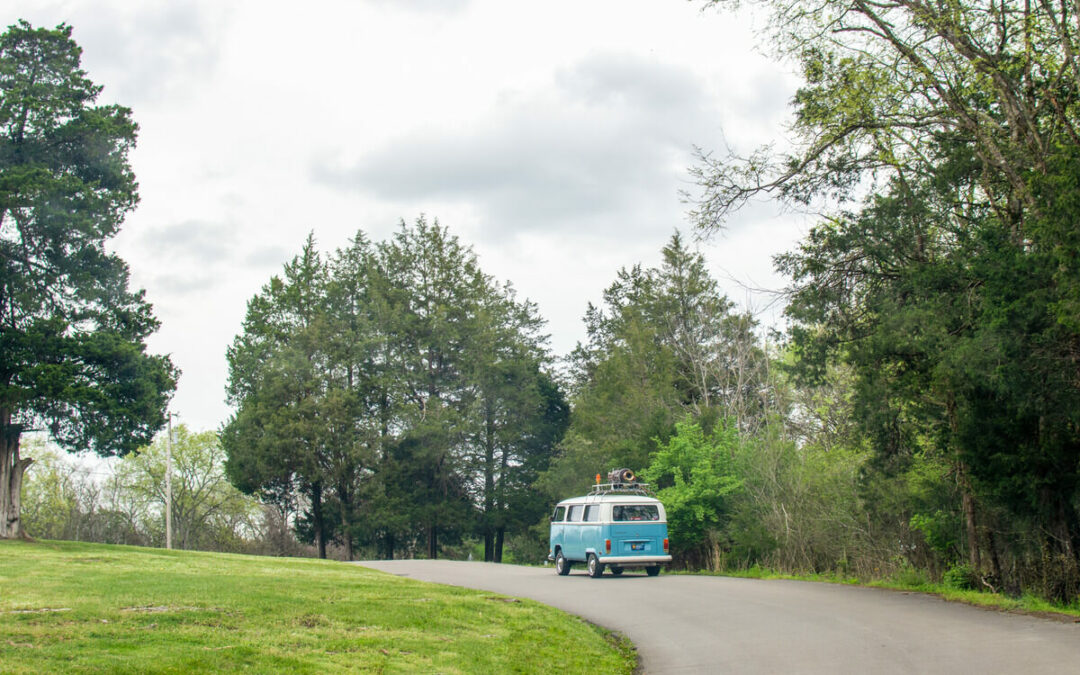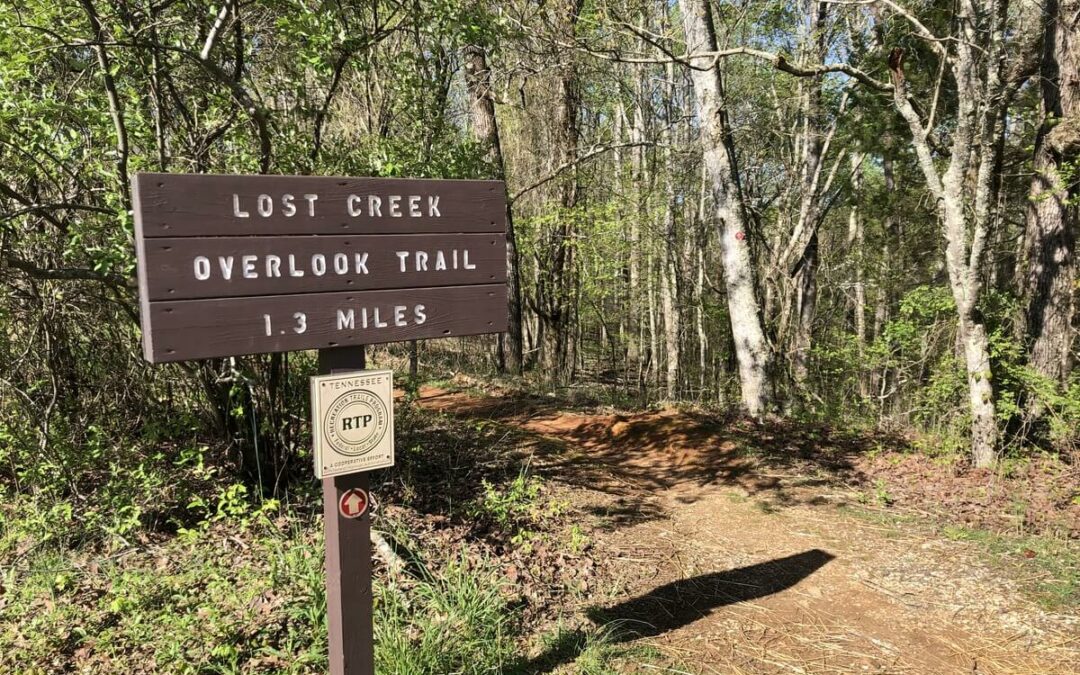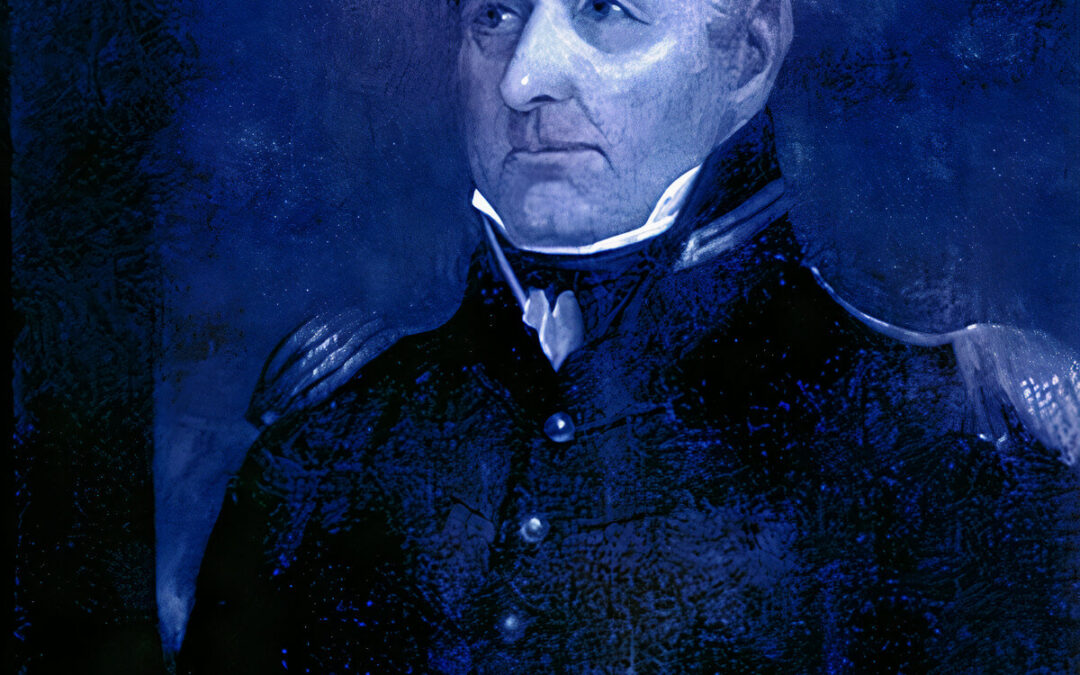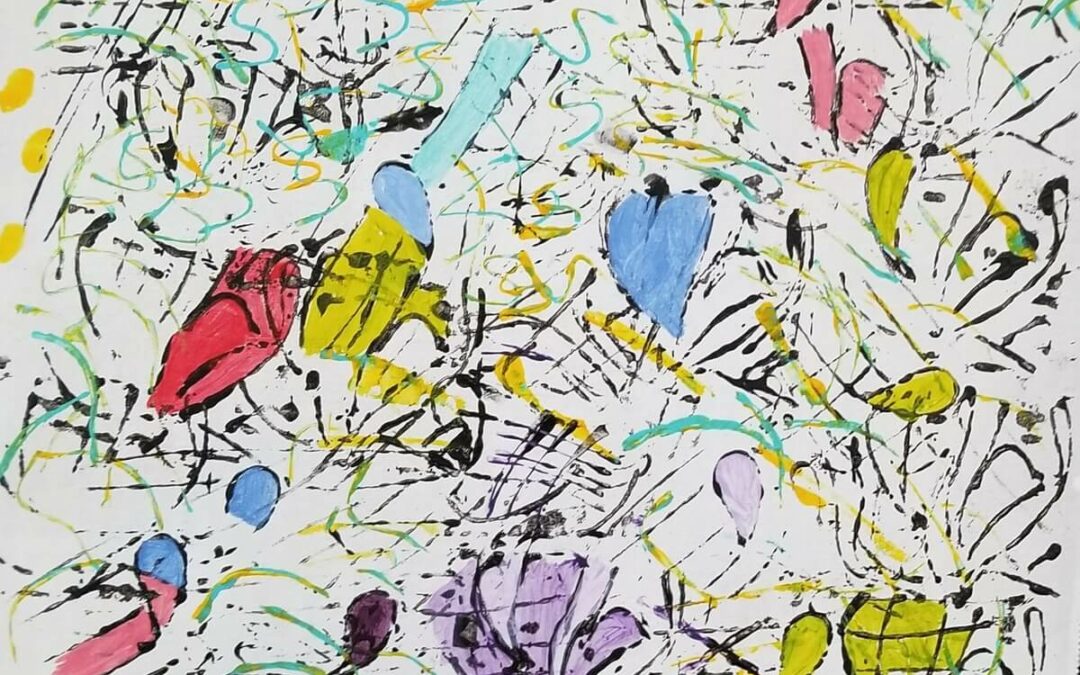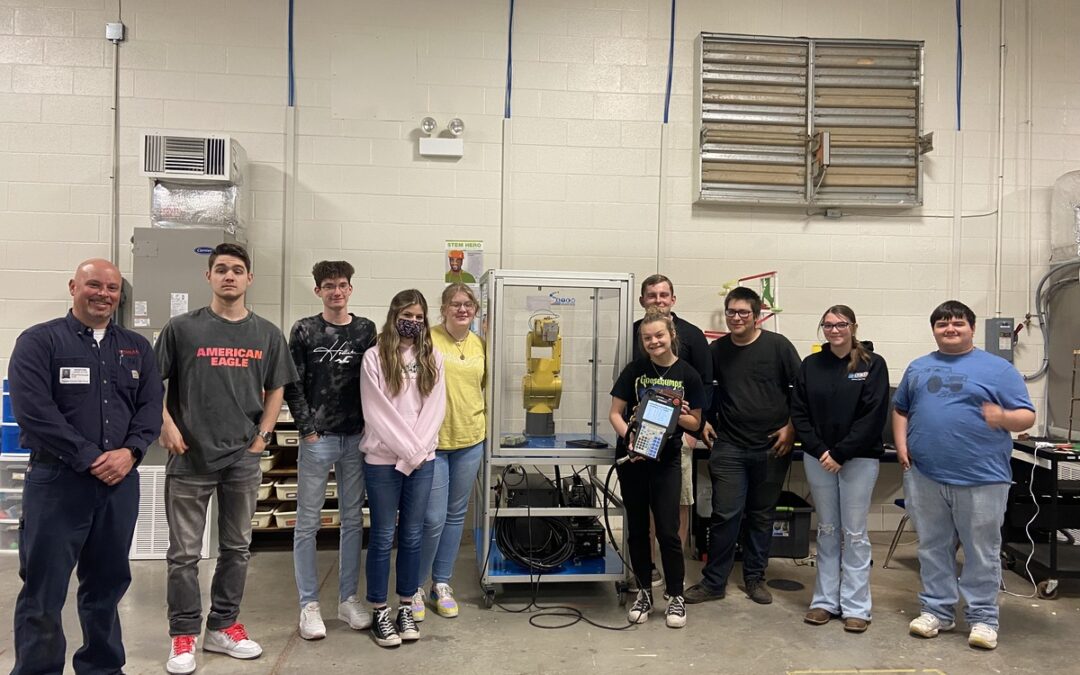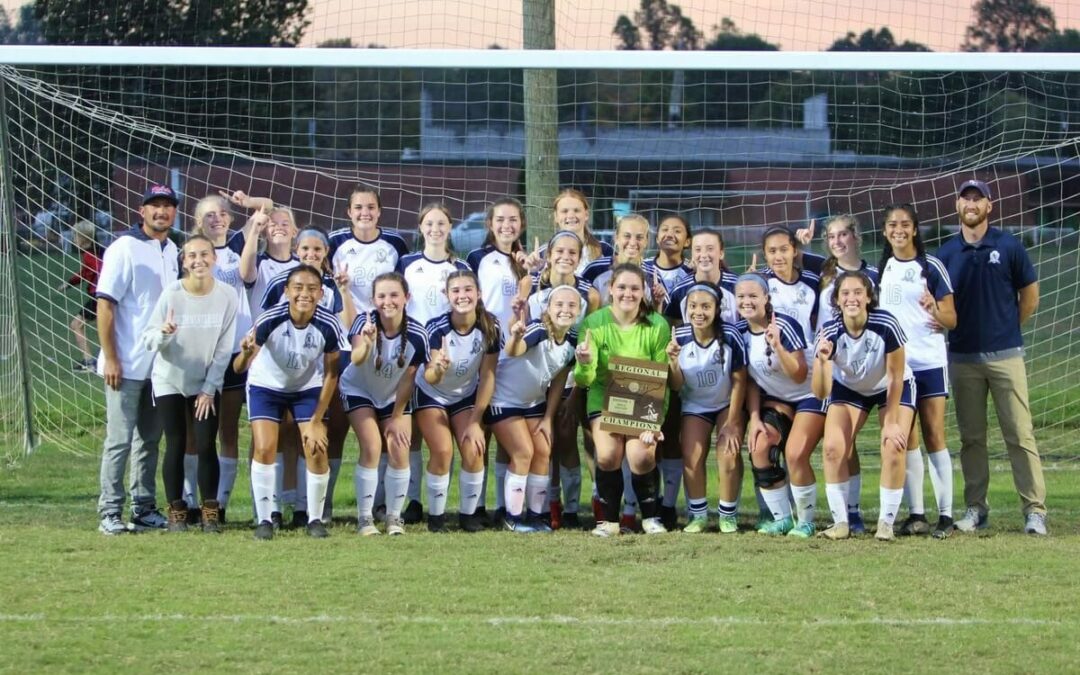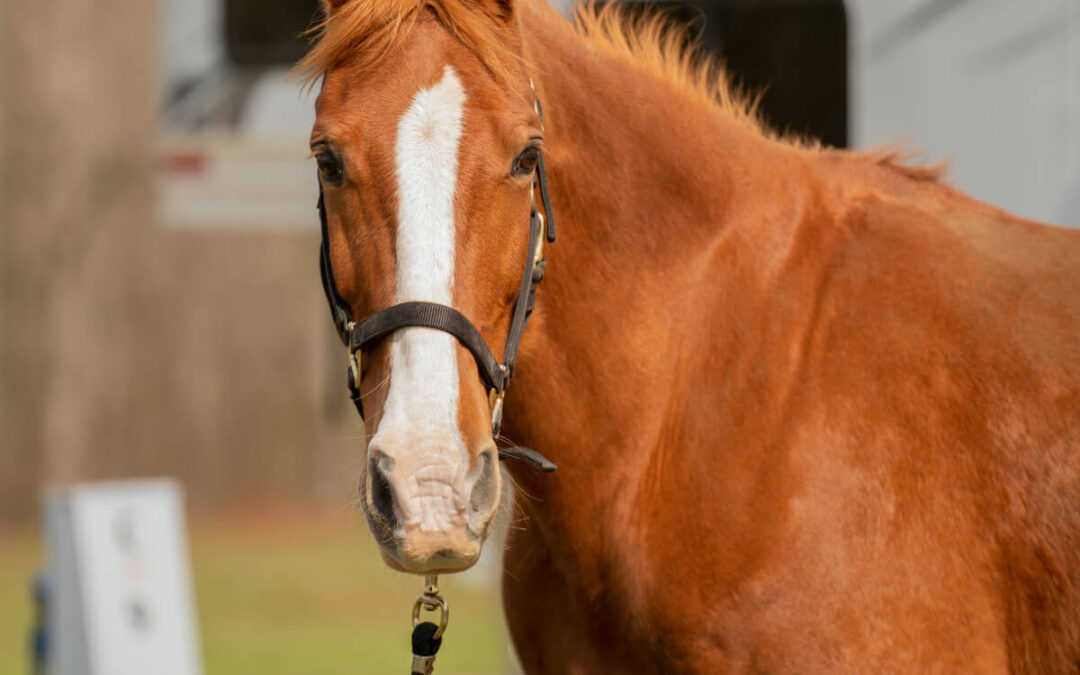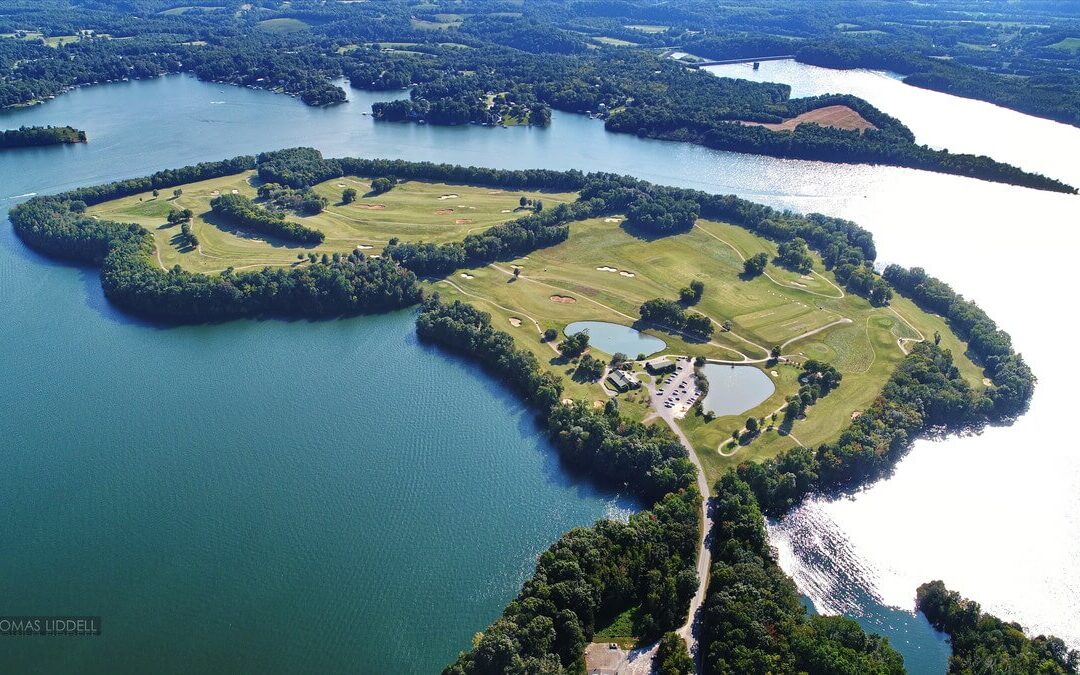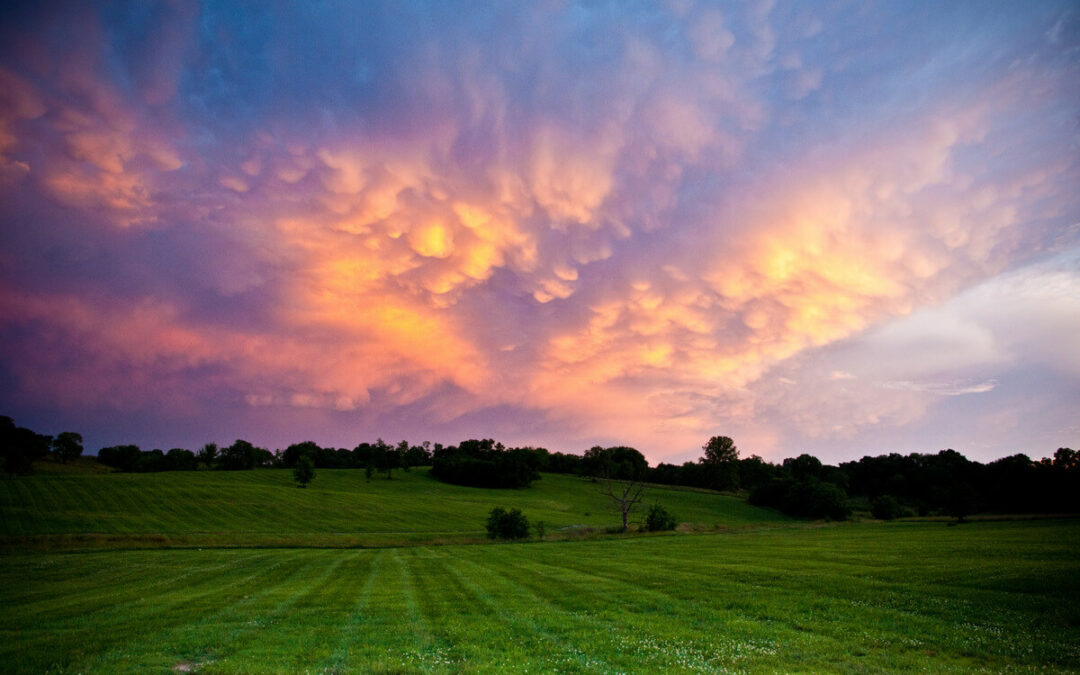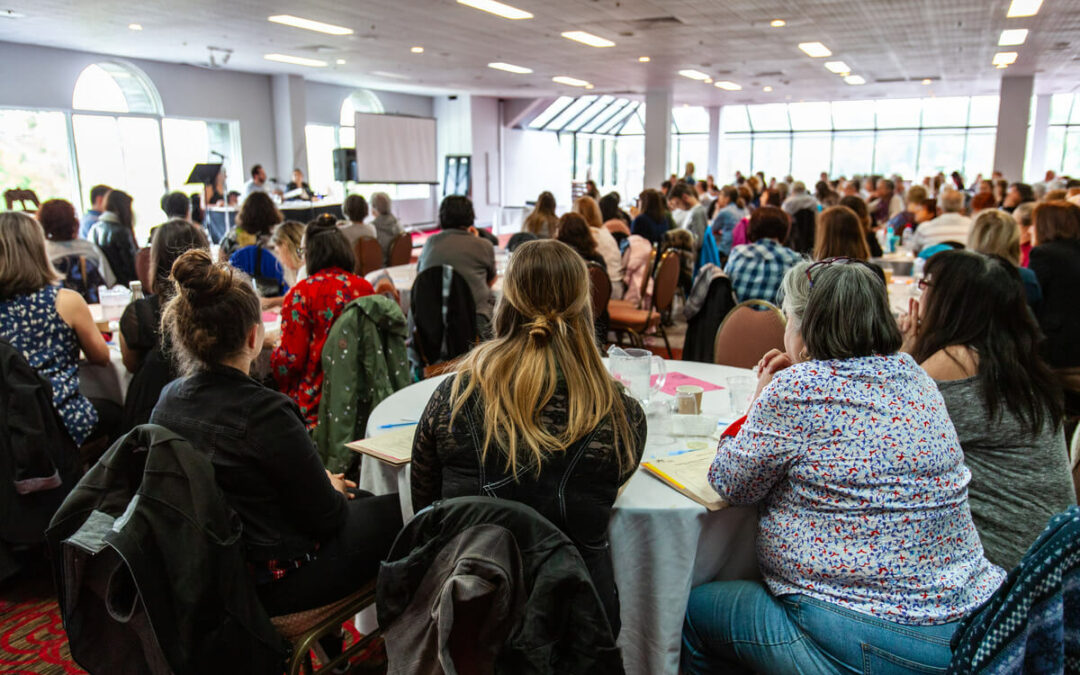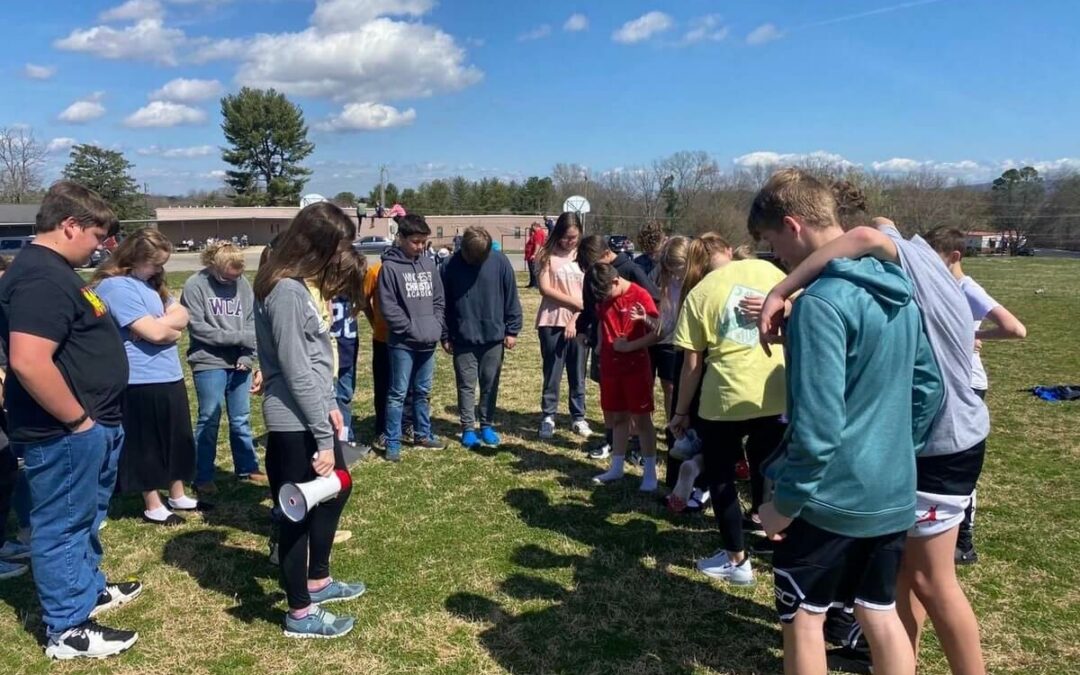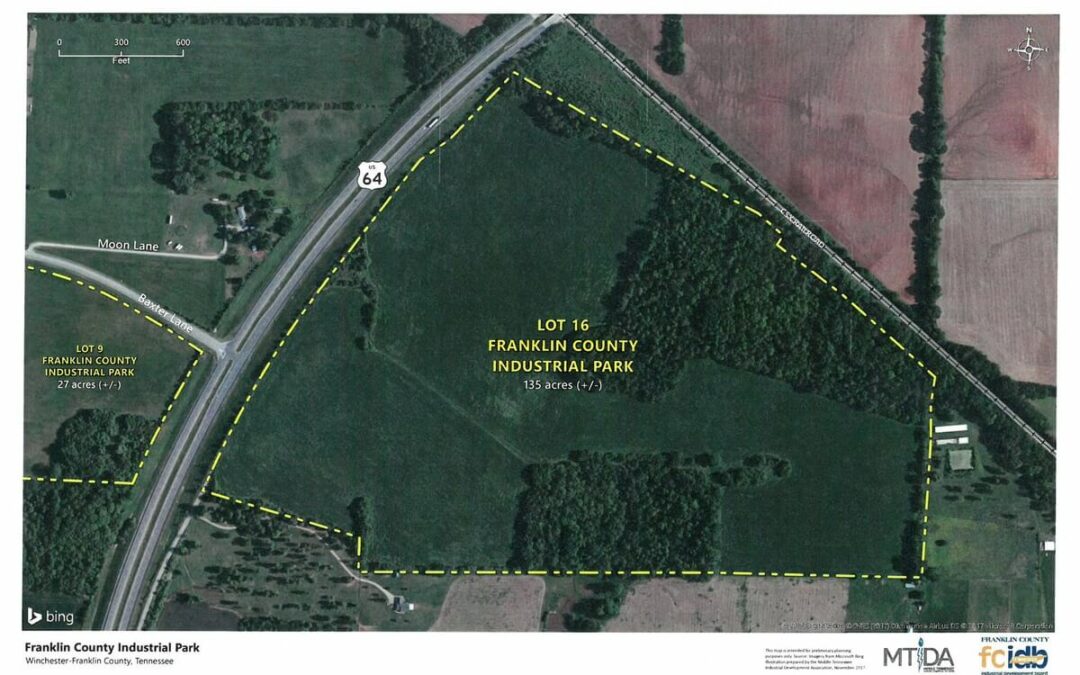The sounds of Sondheim, Strauss, Adams, Rimsky-Korsakov, and more could be heard among the trees, wildlife, and Gothic architecture of the University of the South for the 65th Annual Sewanee Summer Music Festival.
The festival took place June 19-July 18, at the University of the South and welcomed 260 students from around the world to study, rehearse, and perform.
The festival featured over 40 performances of symphonic, chamber, and vocal music that included six aria showcases, eight symphony orchestra concerts, eight faculty artist series concerts along with a special program entitled “Made in America” opera scenes.
Concerts were performed at the university’s Guerry and McCrory Auditoriums by conductors, musicians, and students who ventured from around the world for the festival.

HISTORY OF THE FESTIVAL
What is known today as the Sewanee Summer Music Festival (SSMF), was first known as the Cumberland Forest Festival that took place in 1950.
According to the festival’s website, known then as the Sewanee Summer Music Center (SSMC), the institute was associated with the Chattanooga Symphony. Julius Hegyi was the conductor of the Chattanooga Symphony at that time and served as the first director of SSMC.
The festival underwent a six-year hiatus and returned in 1957, thanks to former university Vice-Chancellor Edward McCrady.
McCrady made plans to create a “musical utopia” in Sewanee when he resurrected the idea of a summer festival in 1957, which would also serve as the first season of the present Sewanee Summer Music Festival.
Student musician and cellist Martha McCrory was there for the beginning of the festival. She would go on to evolve from a student of the festival to a faculty cellist, business manager, and recruiter, according to the website.
As the festival grew, so did McCory’s involvement with it. McCrory became executive director of the center in 1963, where she remained until retiring in 1998. By the end of her tenure, the festival featured two student orchestras and a festival orchestra composed of faculty and advanced students. This basic structure continues today.
The website states that today’s festival carries elements of both McCrady’s musical utopia and McCrory’s focus on student development.
The music center and festival alumni are active performers, teachers, university professors and arts administrators. The impact of Sewanee is felt in concert halls, conservatories, universities, and teaching studios across the United States and around the world.

THE FESTIVAL TODAY
According to John Kilkenny, SSMF executive and artistic director, the festival is seeing growth while keeping true to what has made the festival such a staple at the university.
“It’s really a privilege and an opportunity for me to lead the program and to shepherd it into the next era,” he explained. “We’ve added quite a few programs to the festival as it exists, but we’ve kept the core of what we do the same. We’ve just expanded on the great structure that was already there. It is a privilege for me to do this and see where we are headed.
Kilkenny who has been with the festival since 2008, starting out as a member of the faculty in 2011 and being promoted to director in 2018.
For the future, he plans to make the festival a main-stay at the university.
“There are plans to make the festival more a part of the year-round artistic life of the region,” Kilkenny explained. “The music festival is actually going to be going through a name change and become the Sewanee Music Center. In addition to our summer music offerings, we will be doing programs during the academic year. We will be leading the performing art series for the university. The university has a well-establishing performing arts series. There are also some other plans to collaborate with the university. I want the program not to just feel like a four-week event that happens in the summer, but a part of the yearround cultural life of the domain and also of the region.”
He also added that the festival brings a positive impact to the community in a variety of ways.
“I think it’s one of the things that makes living in Sewanee, or in the area, so special,” he said. “To be able to have this access to this incredible program, great artists, and special students is really something that not many places have. But places that do have it, it is really a landmark for them as an organization or region.” GN


